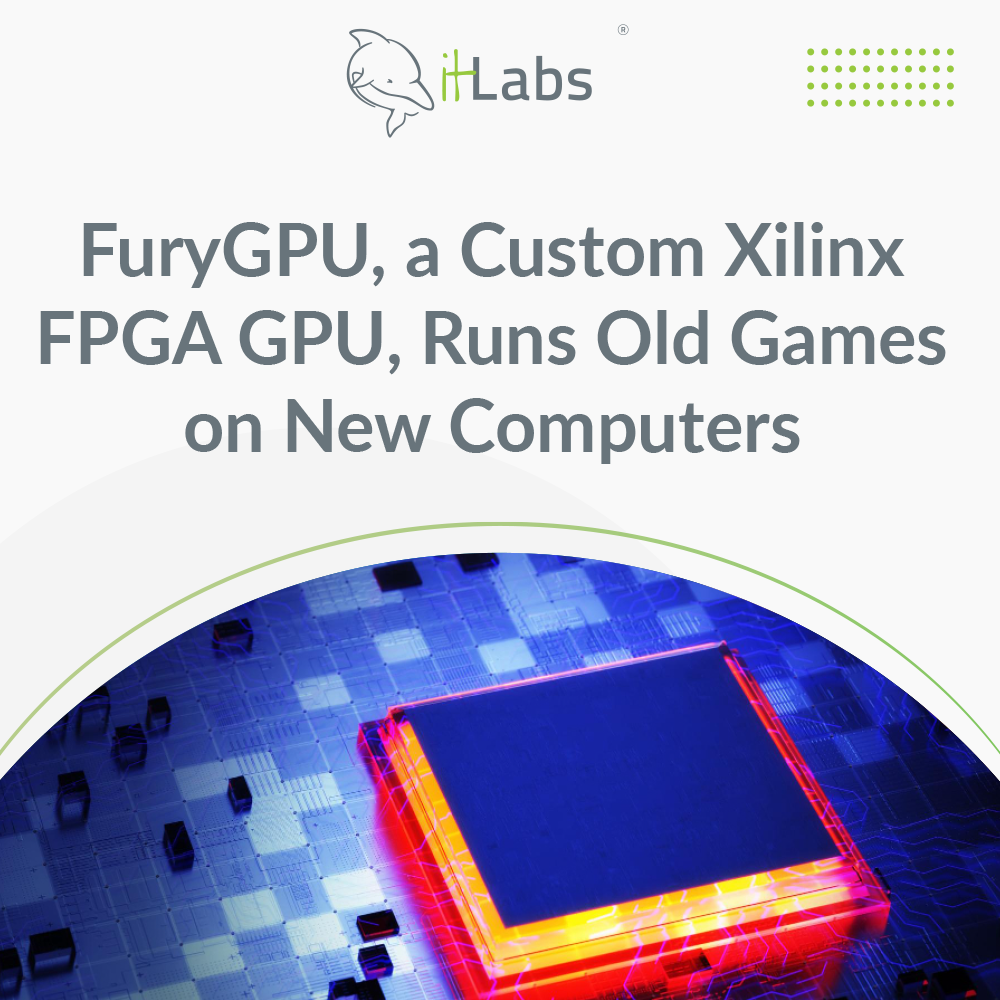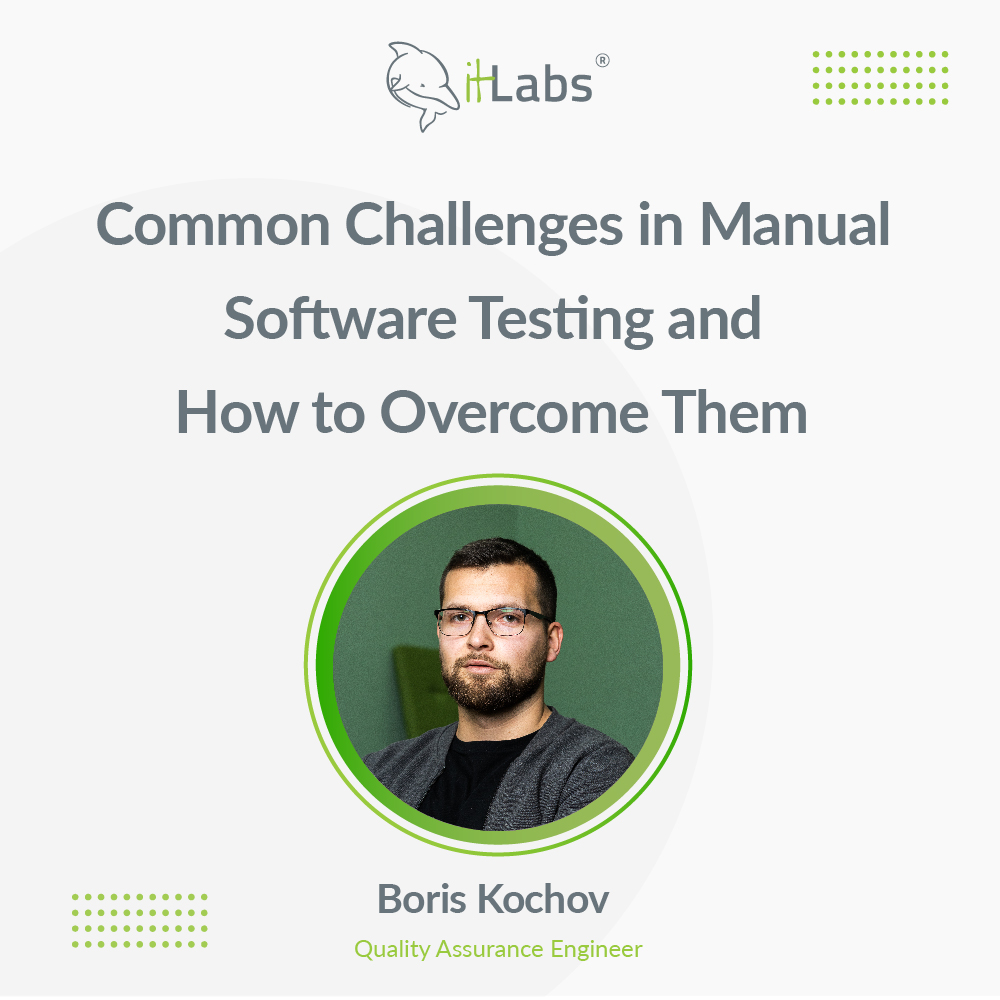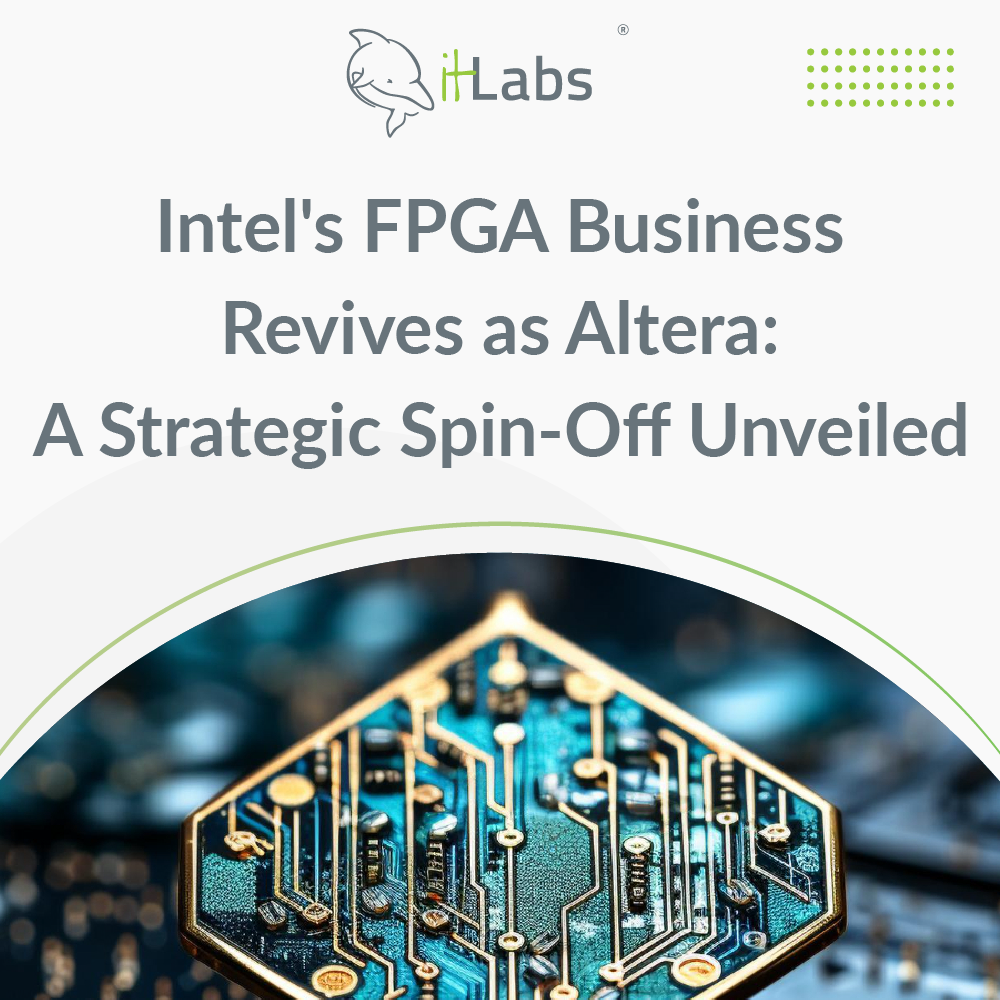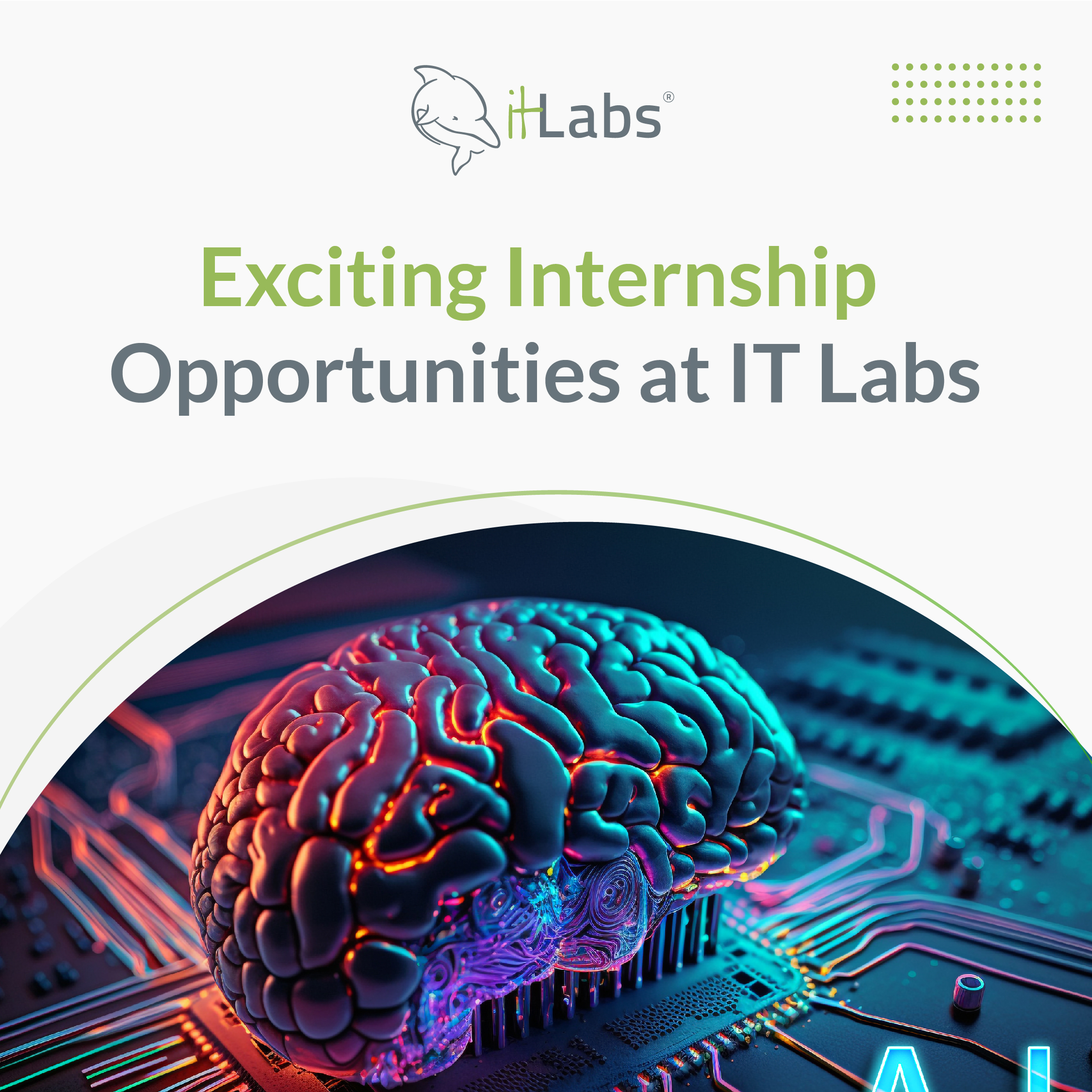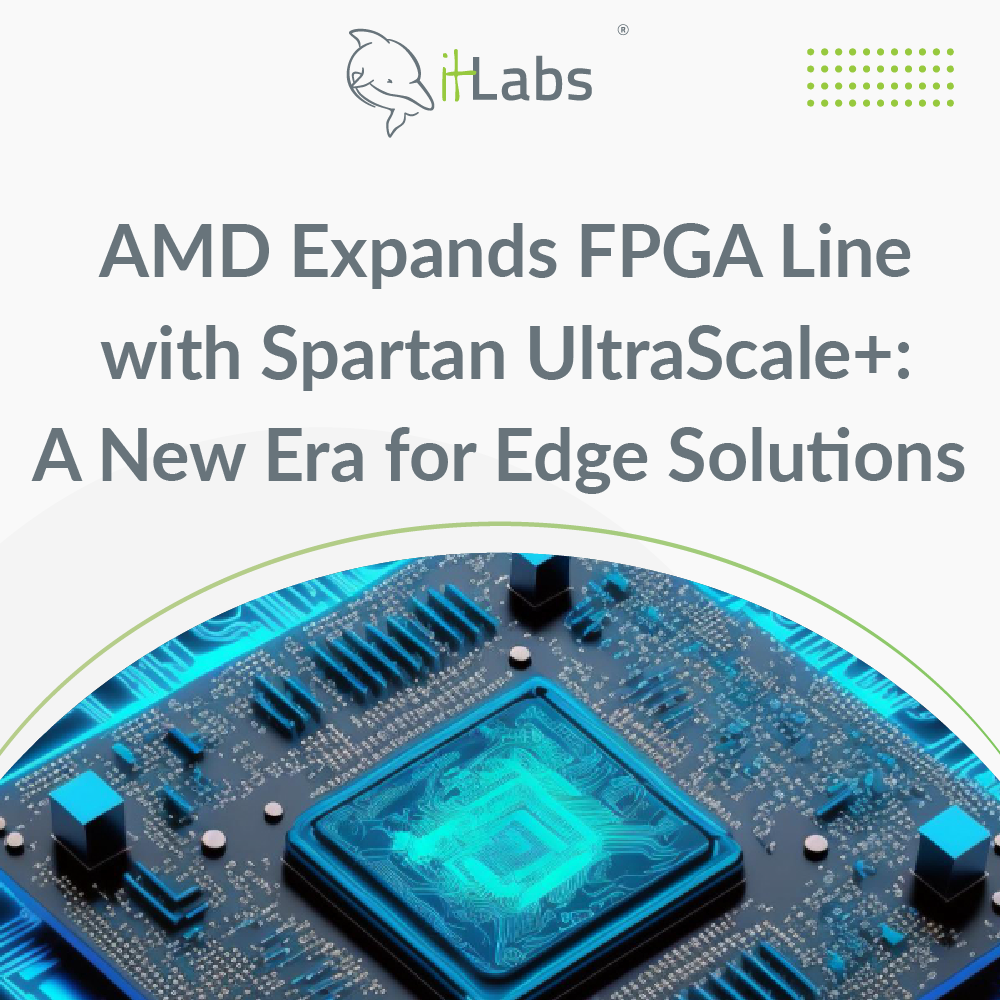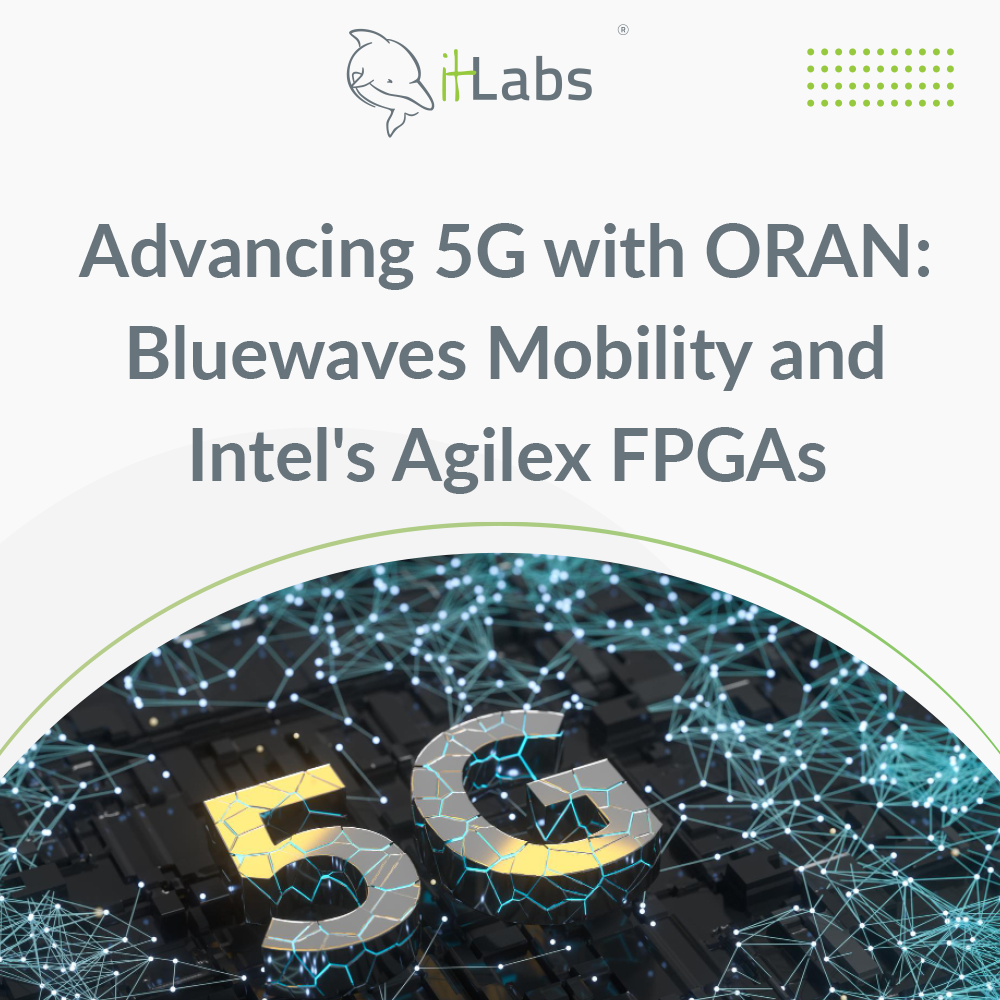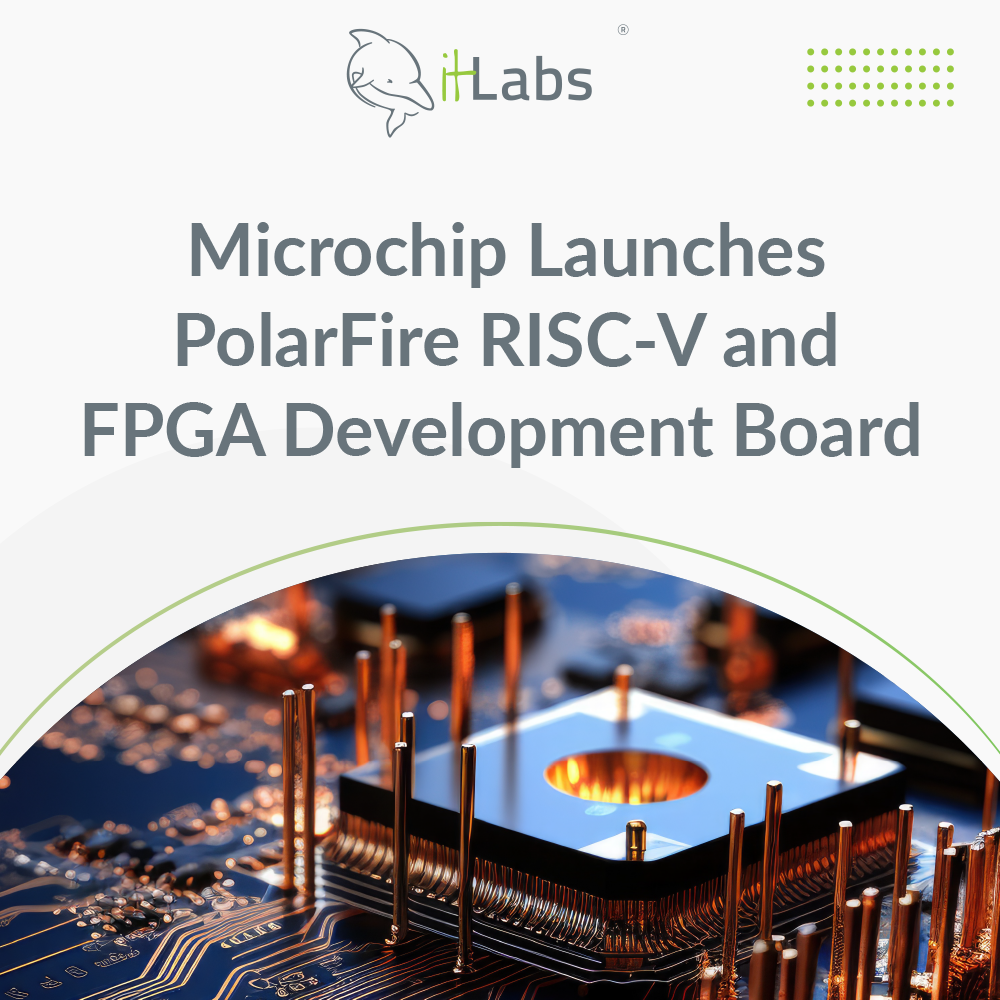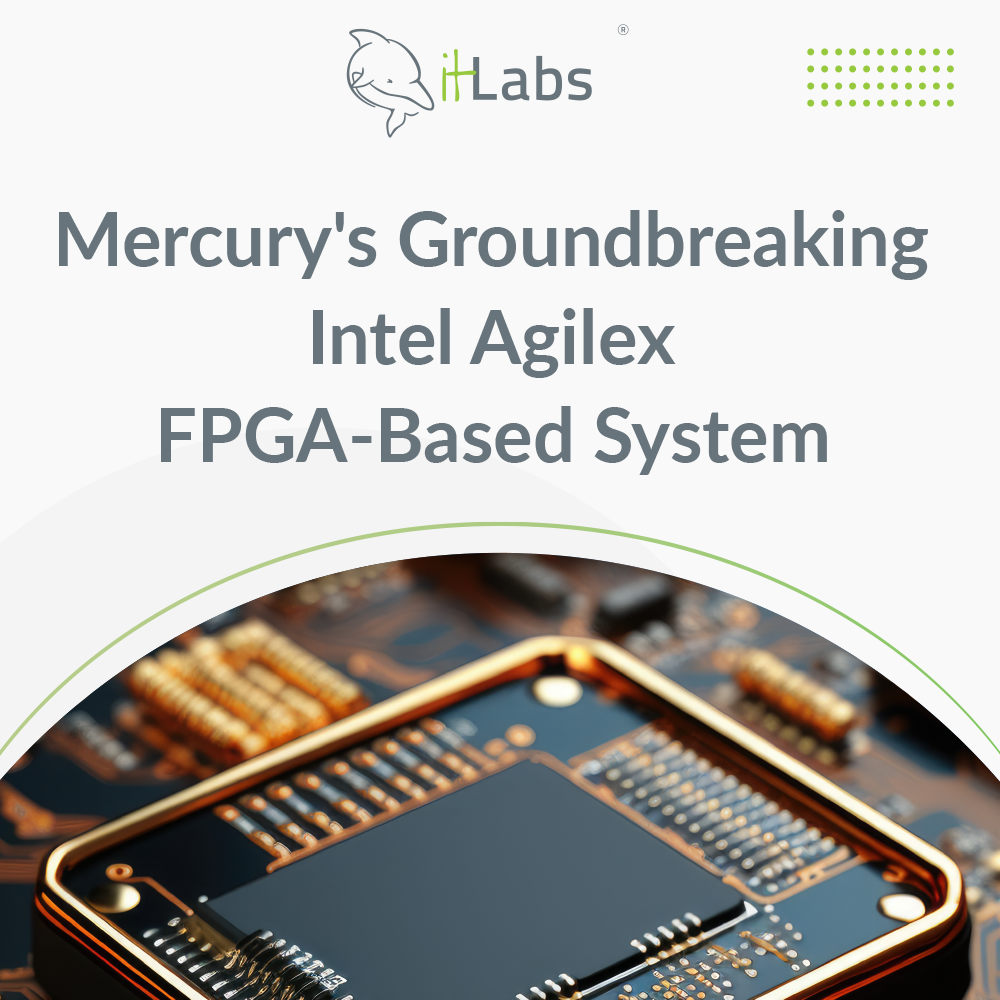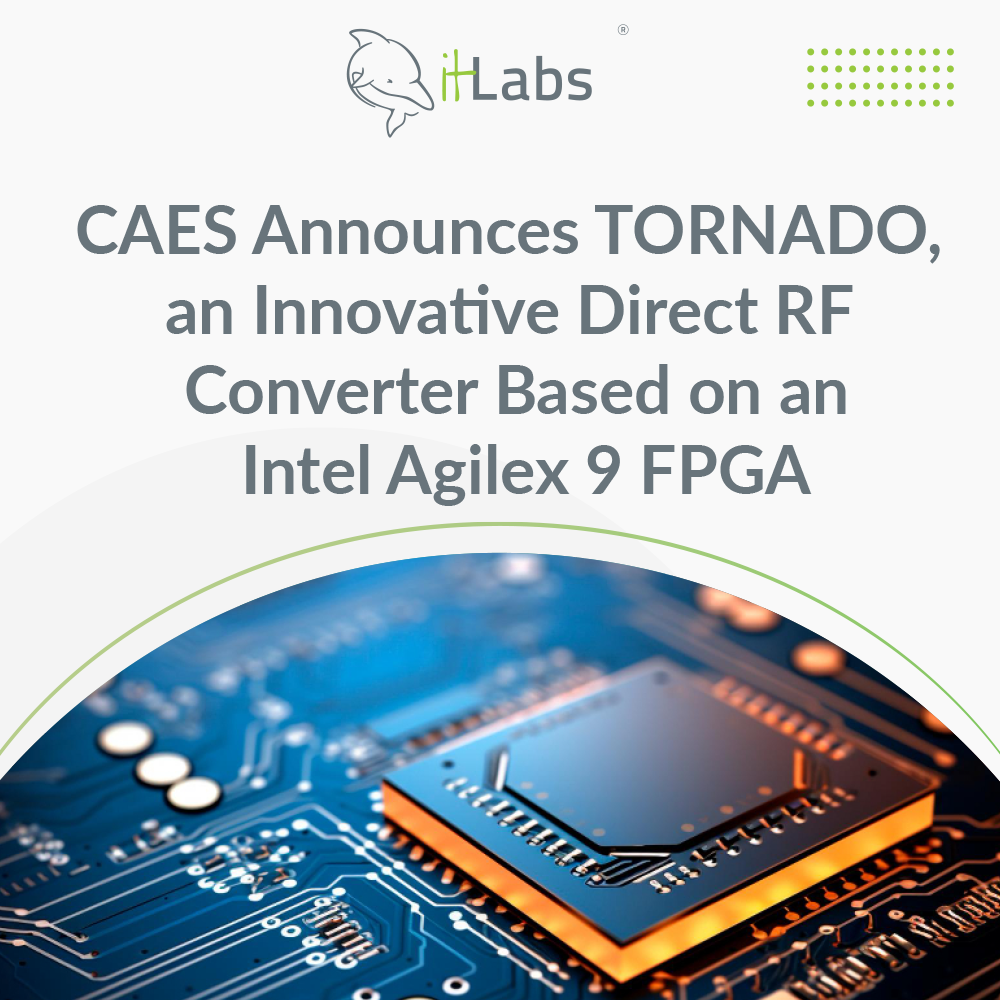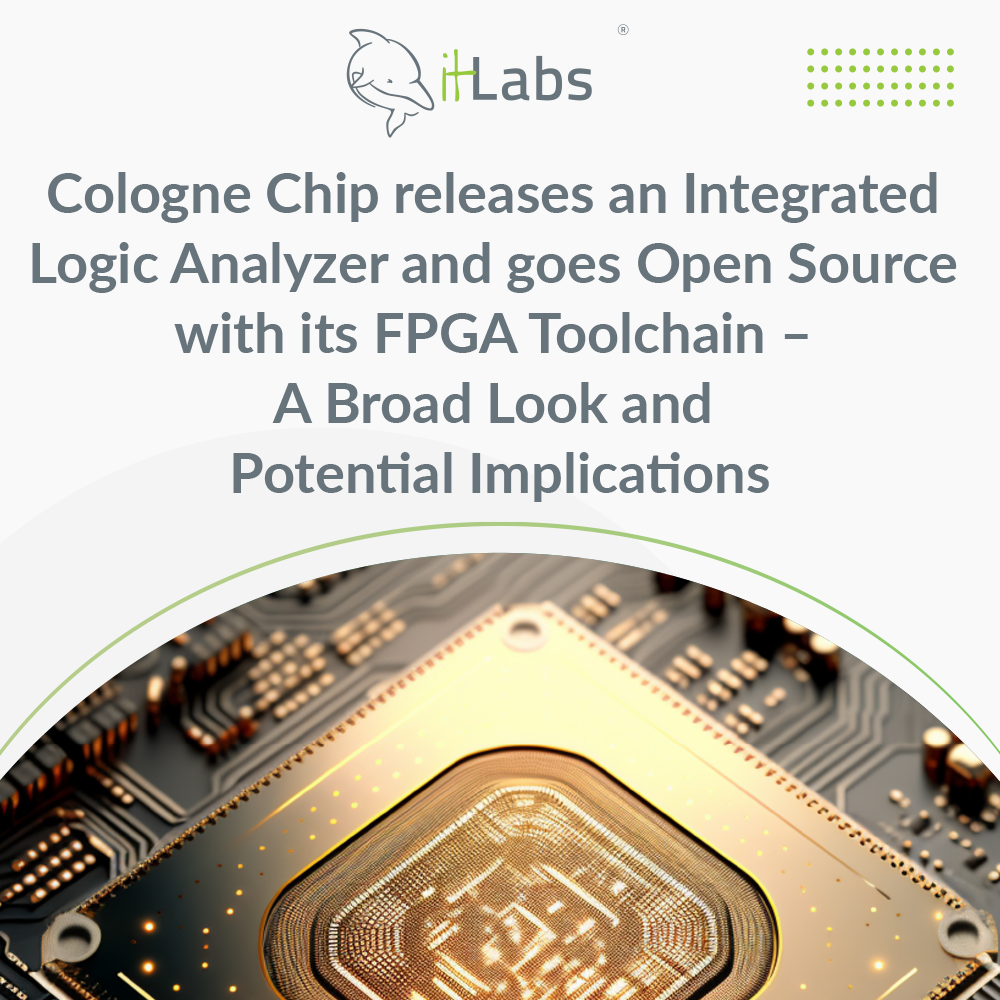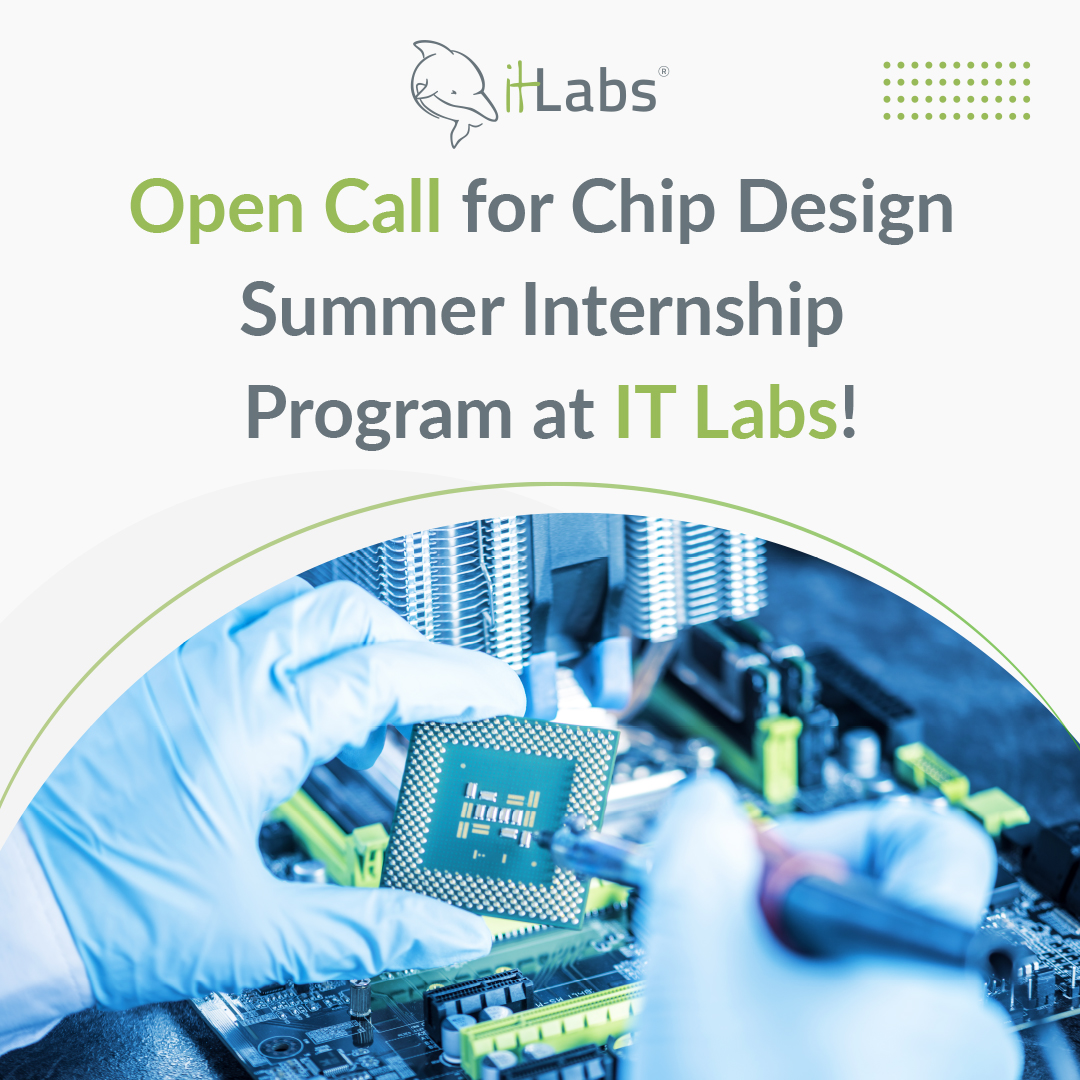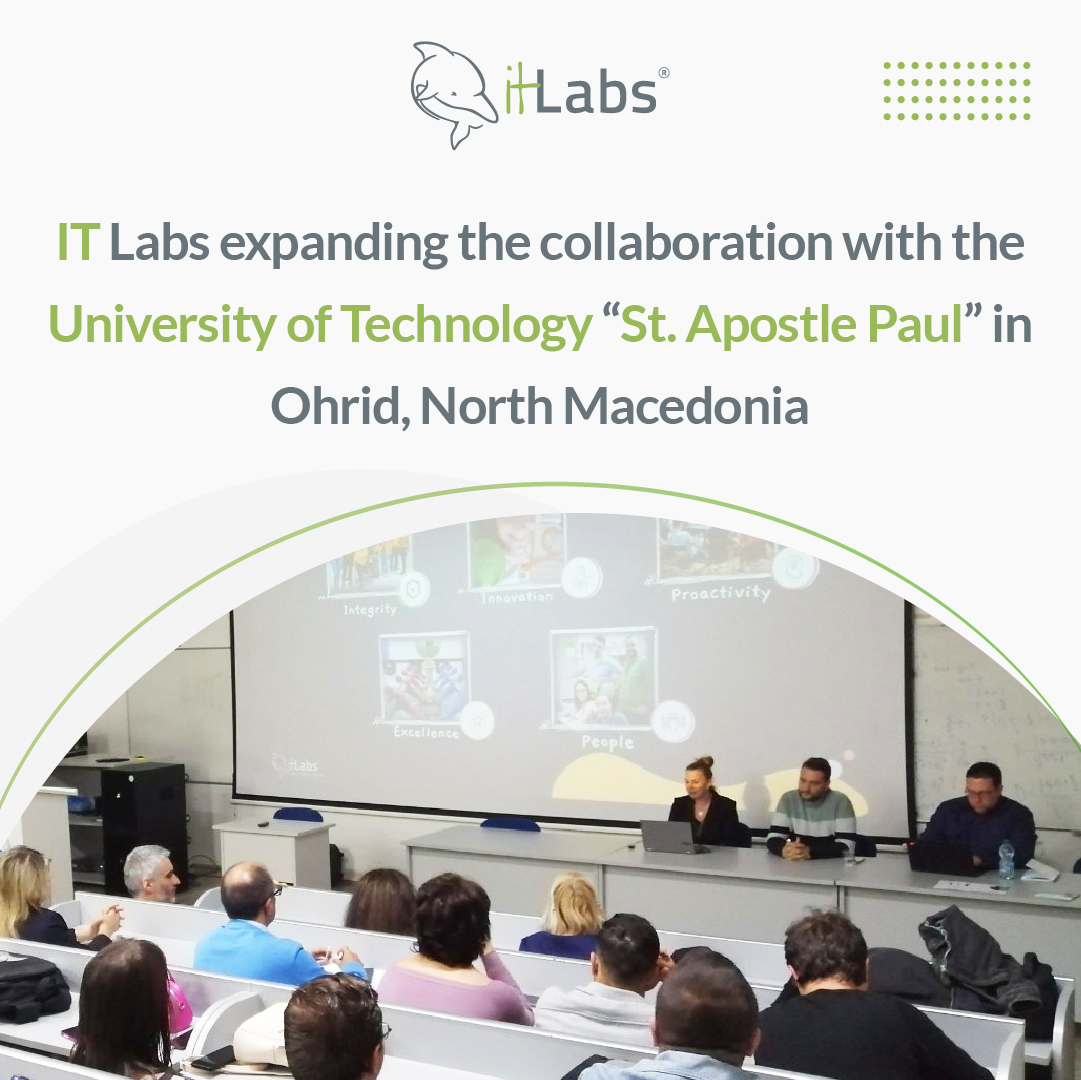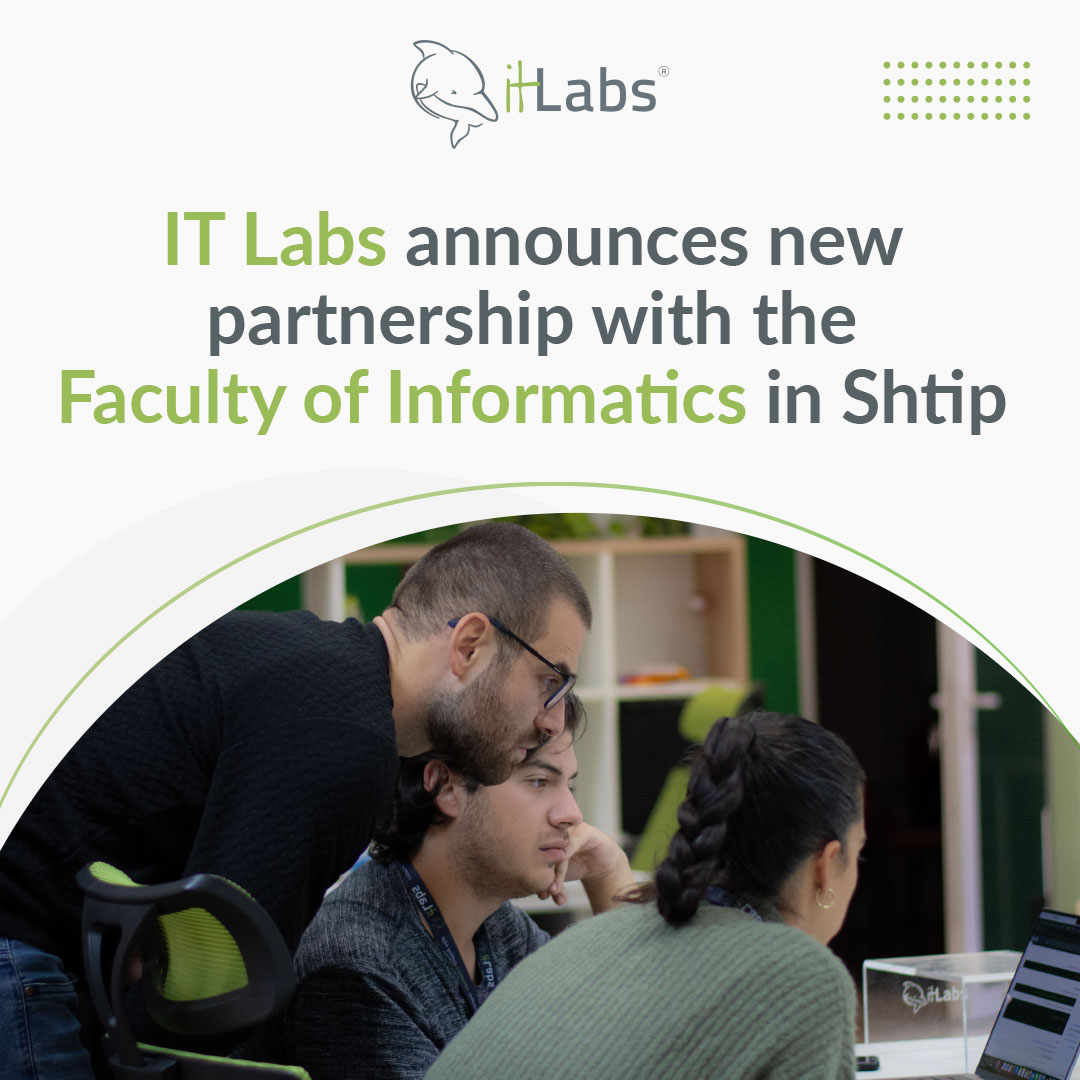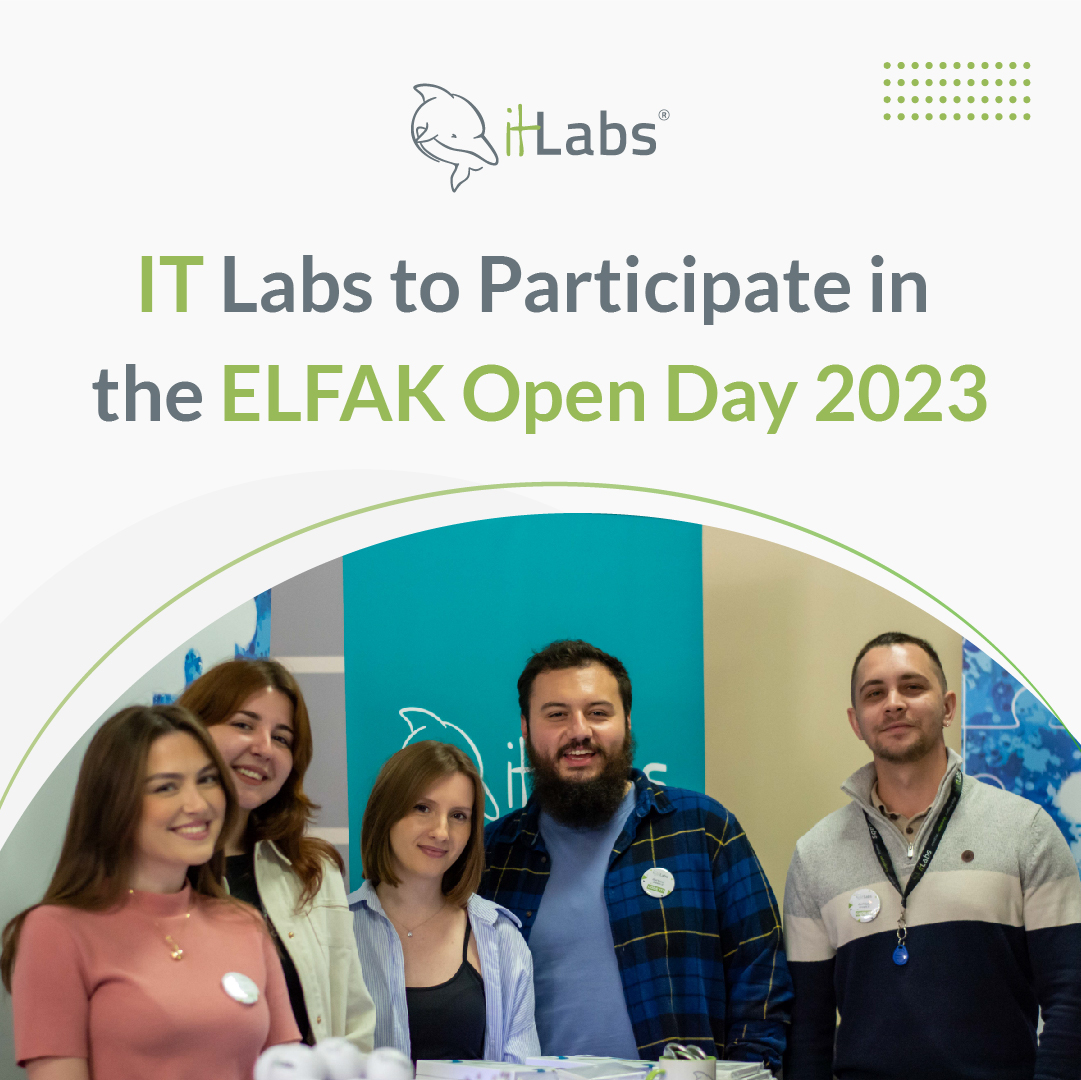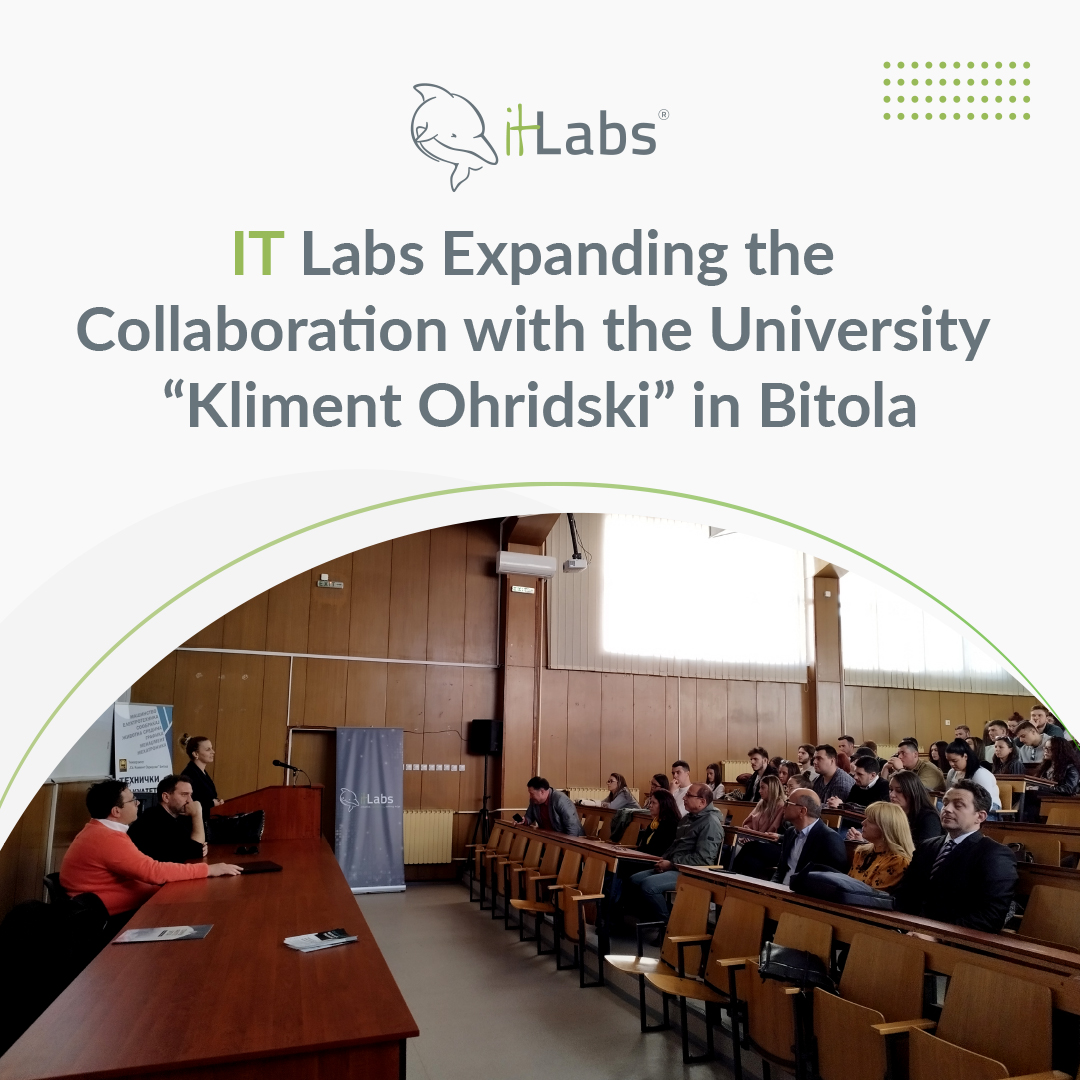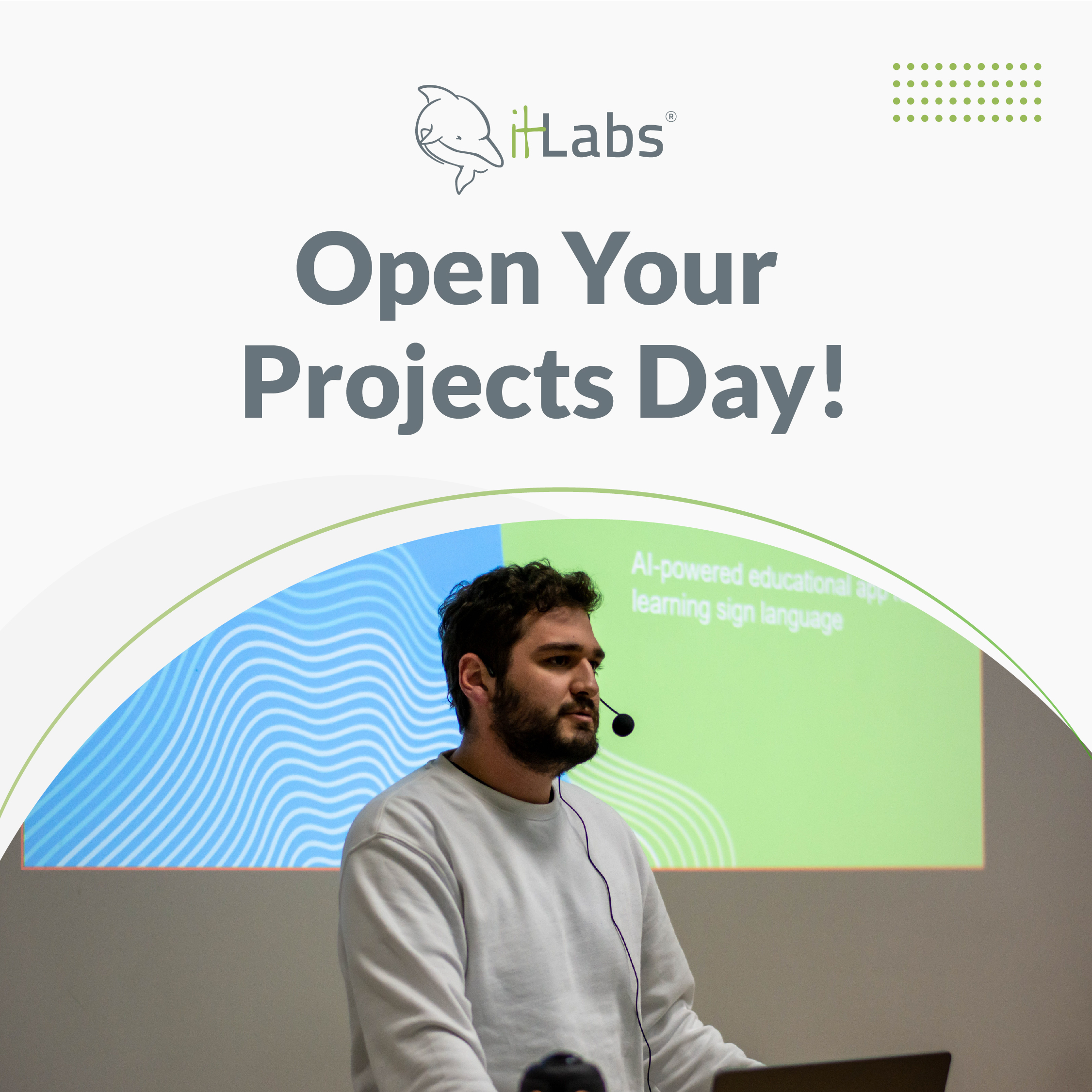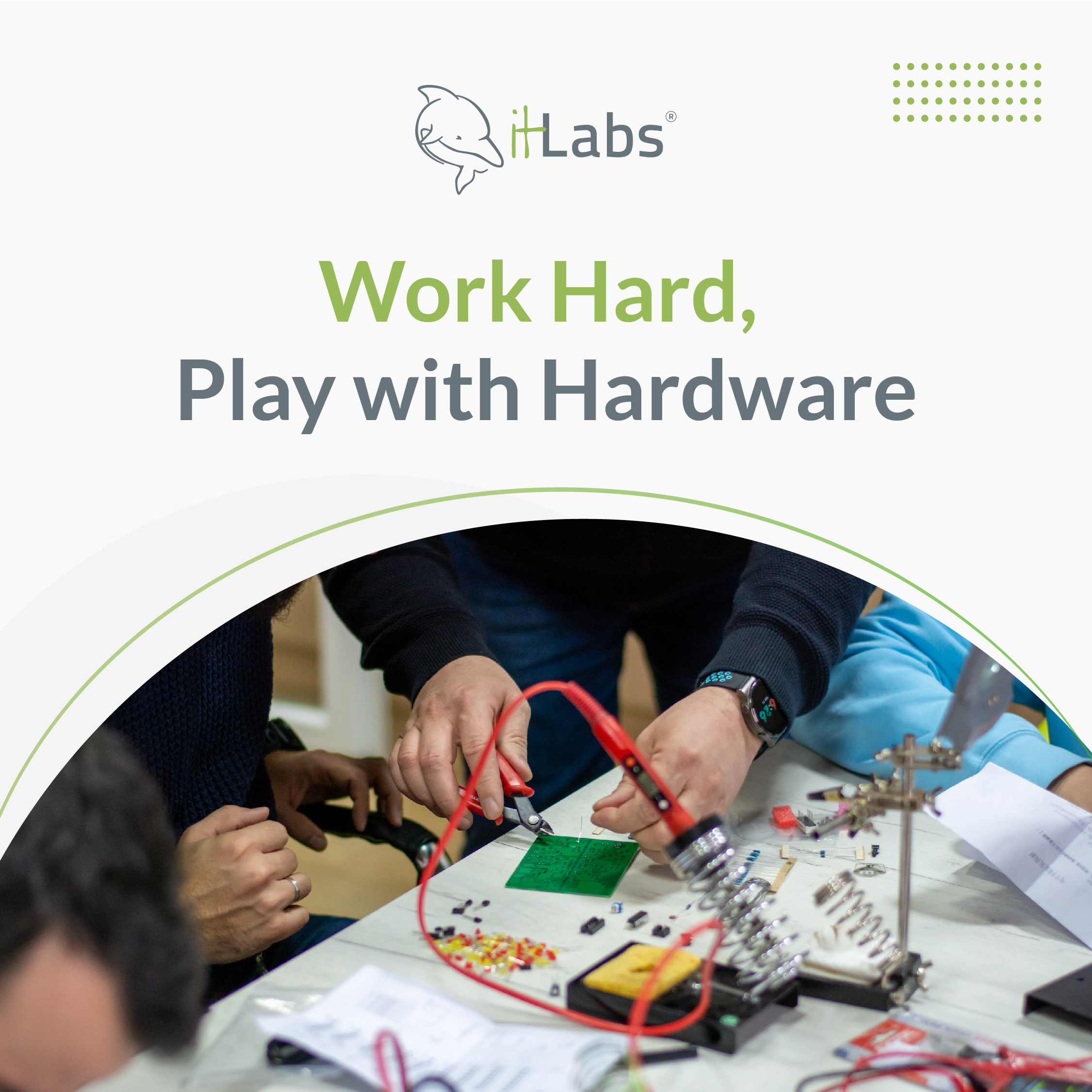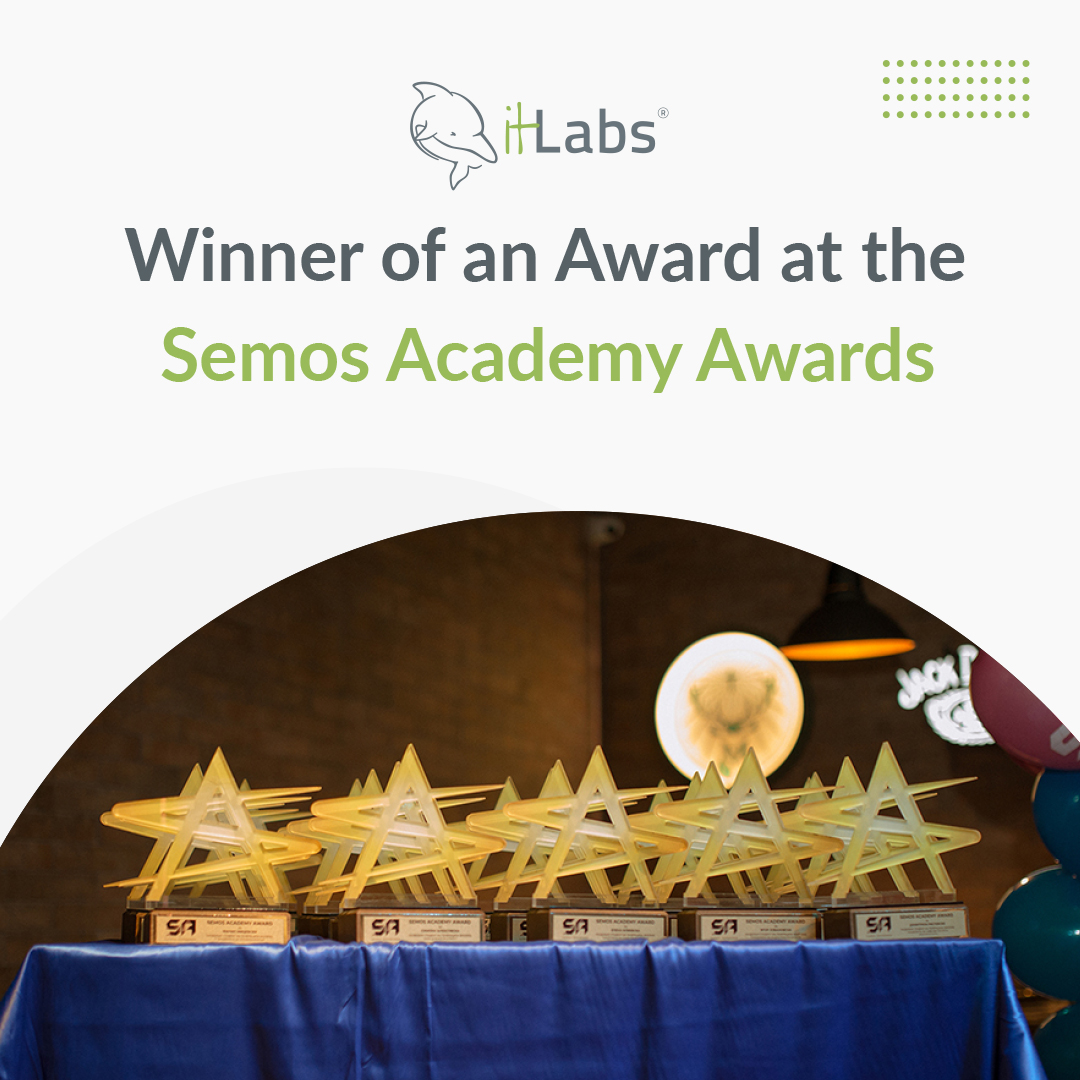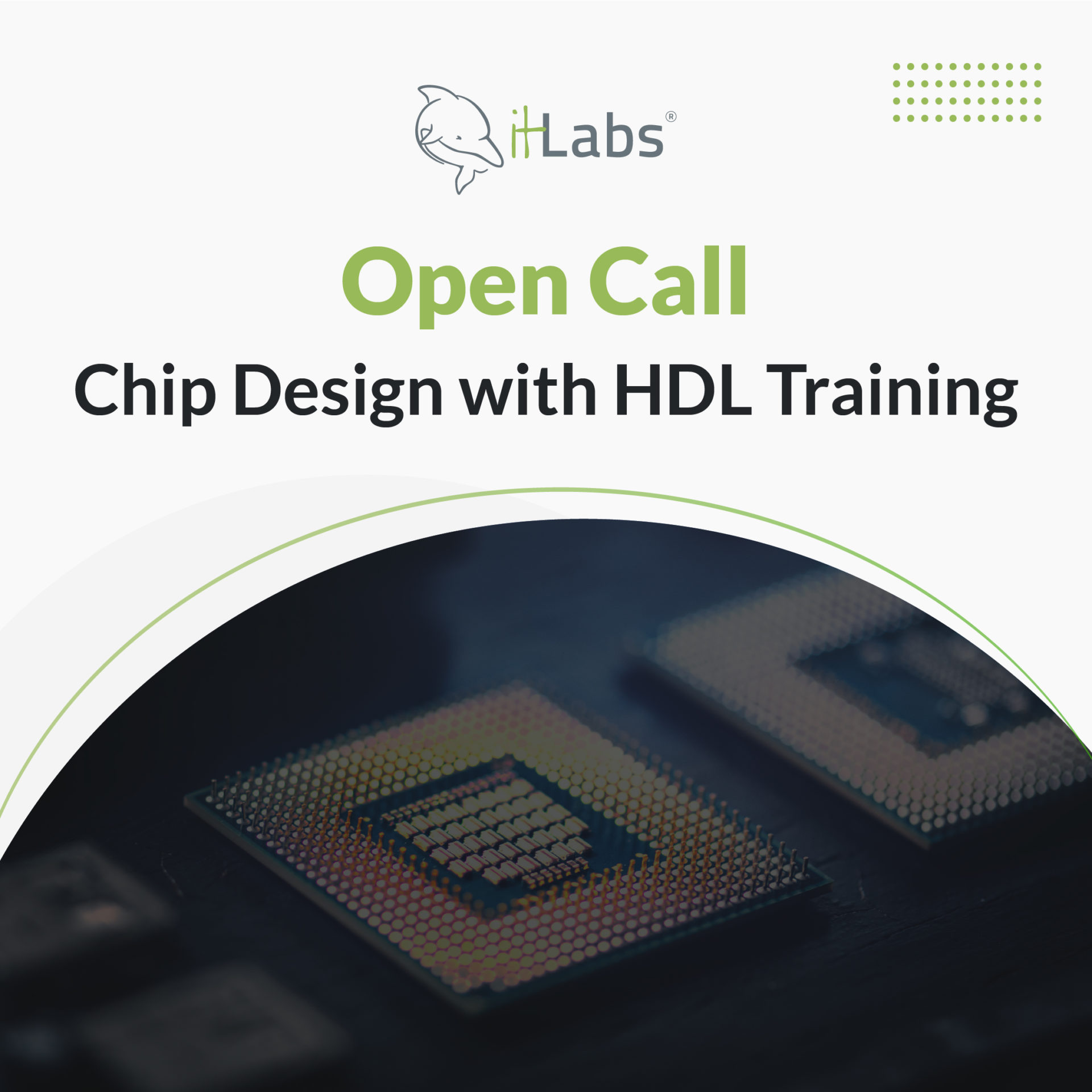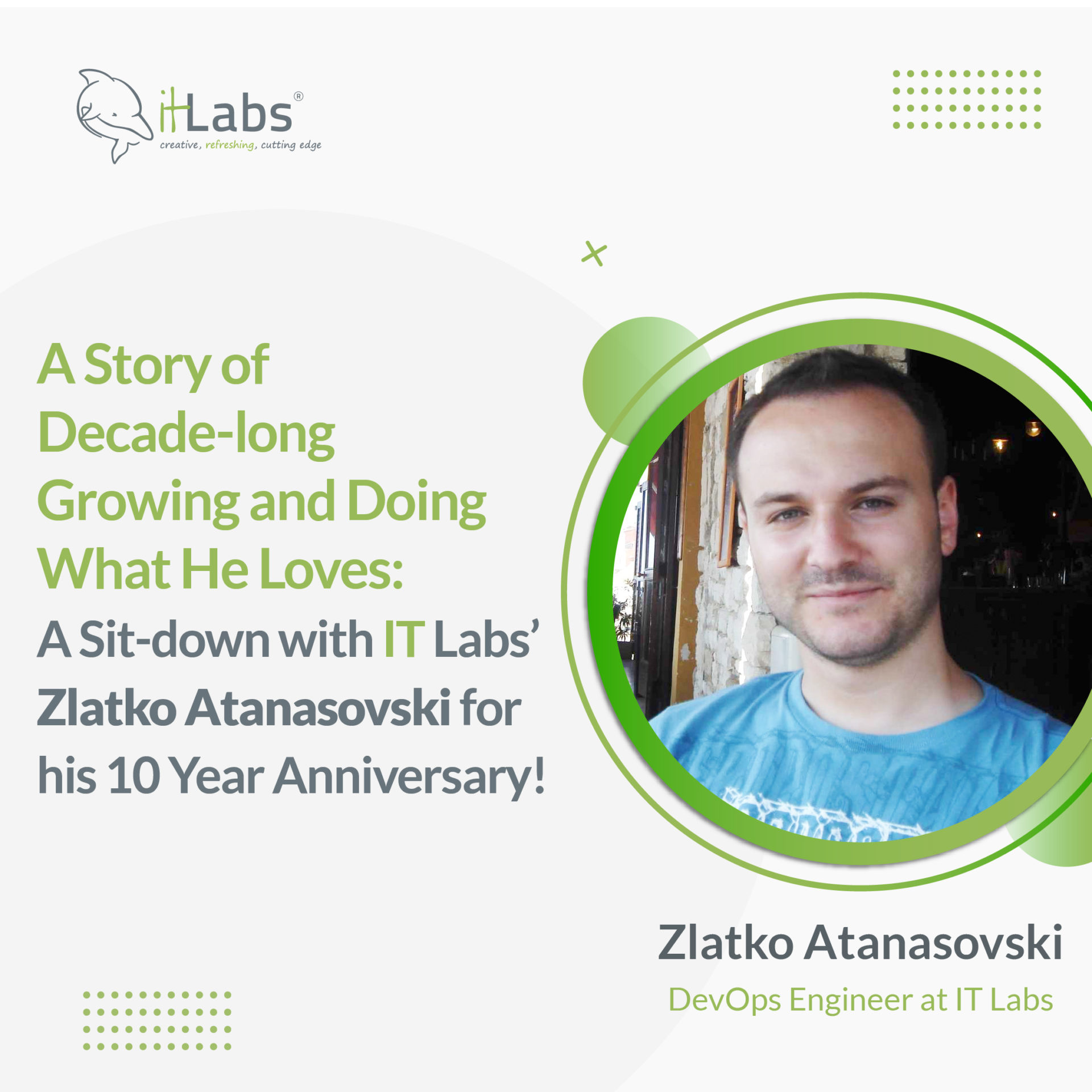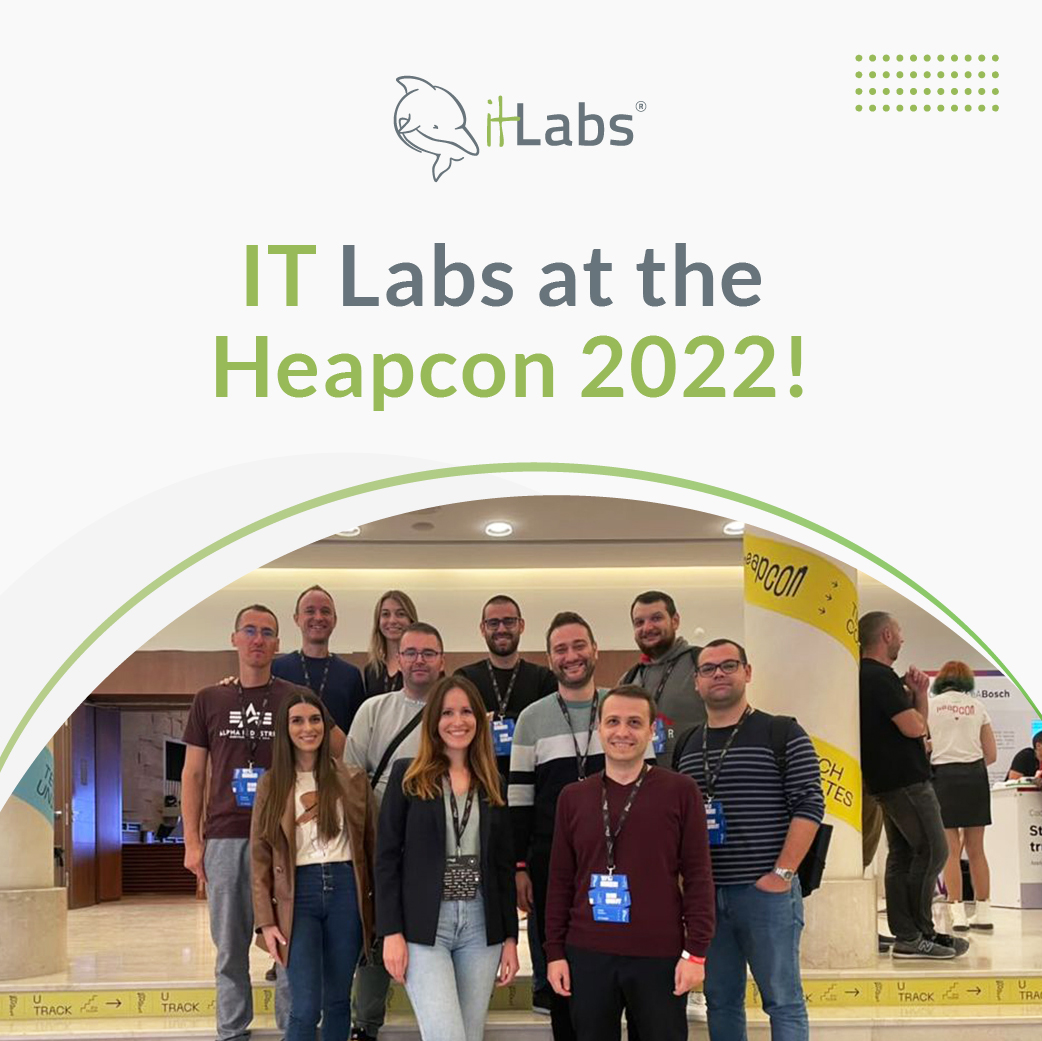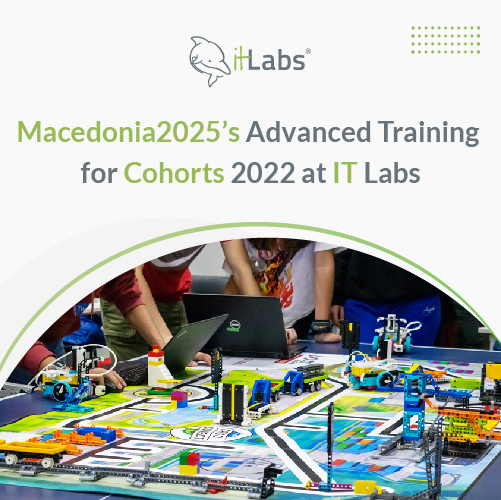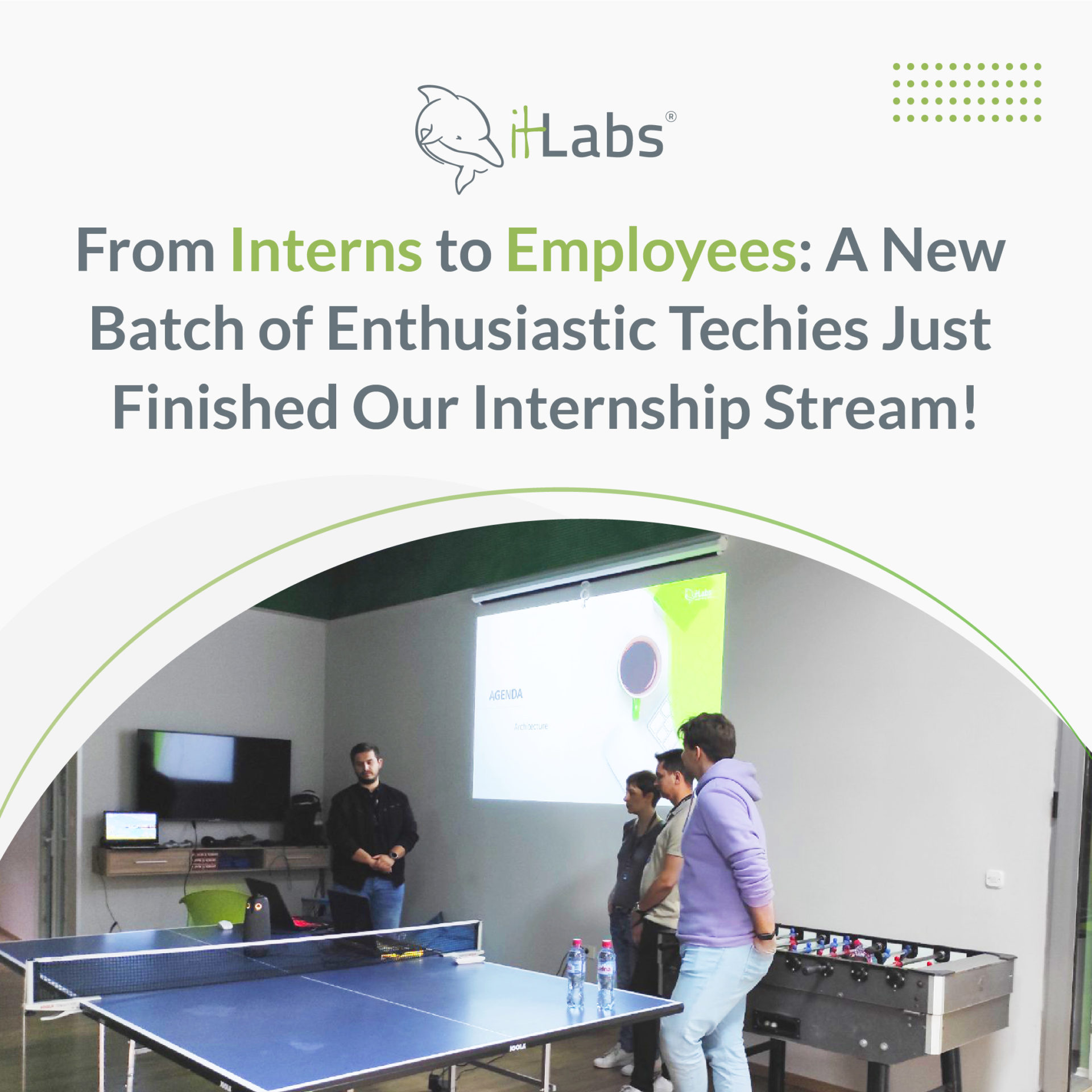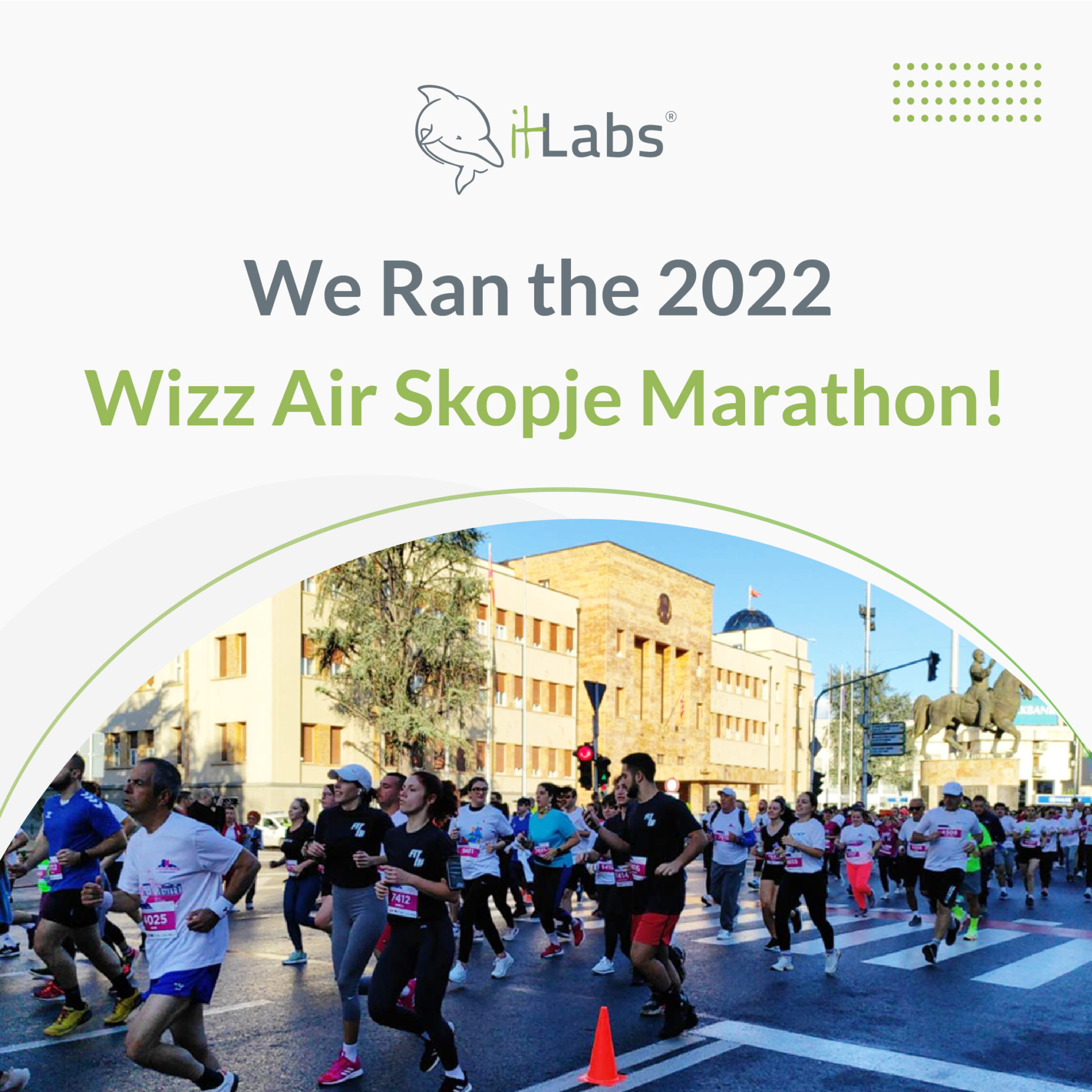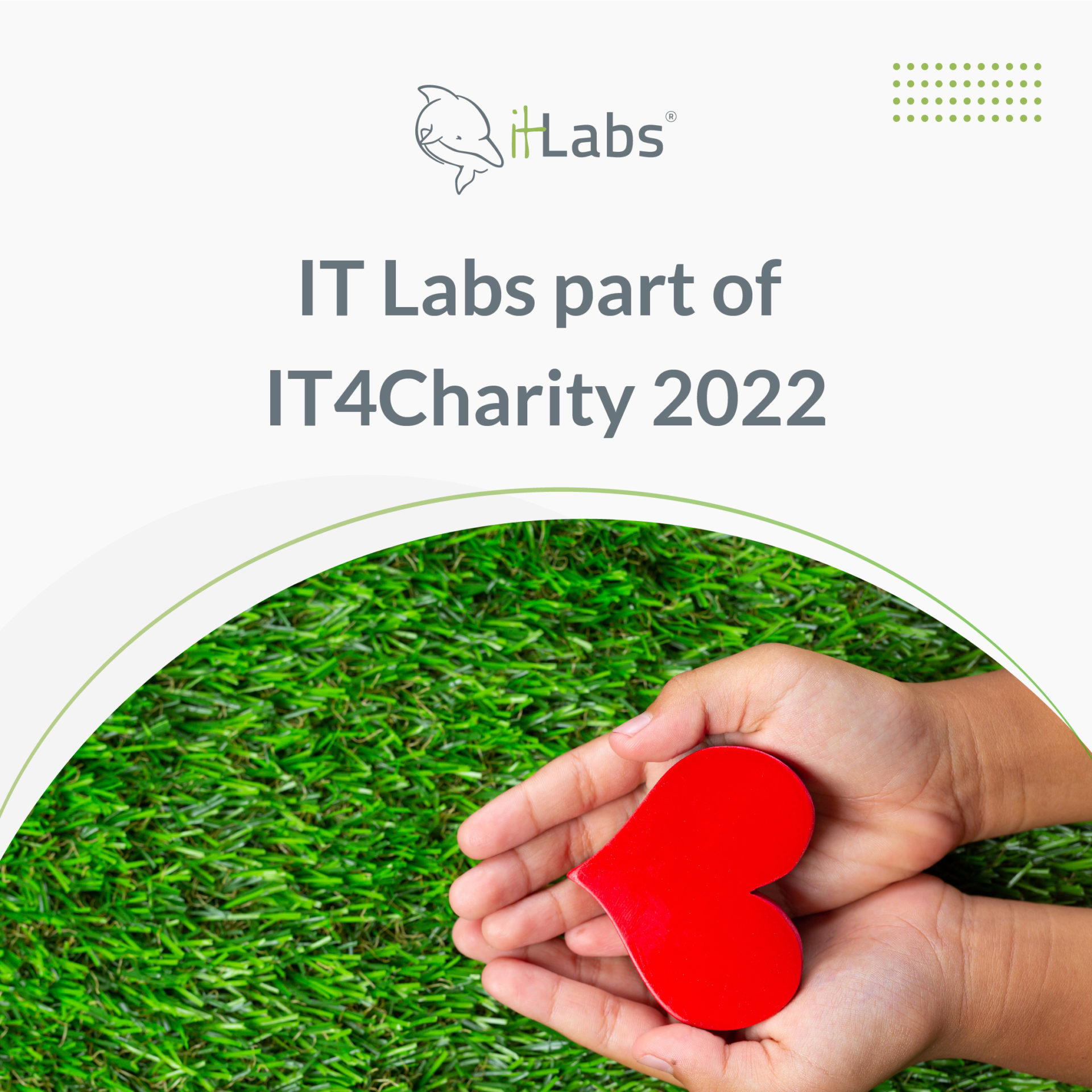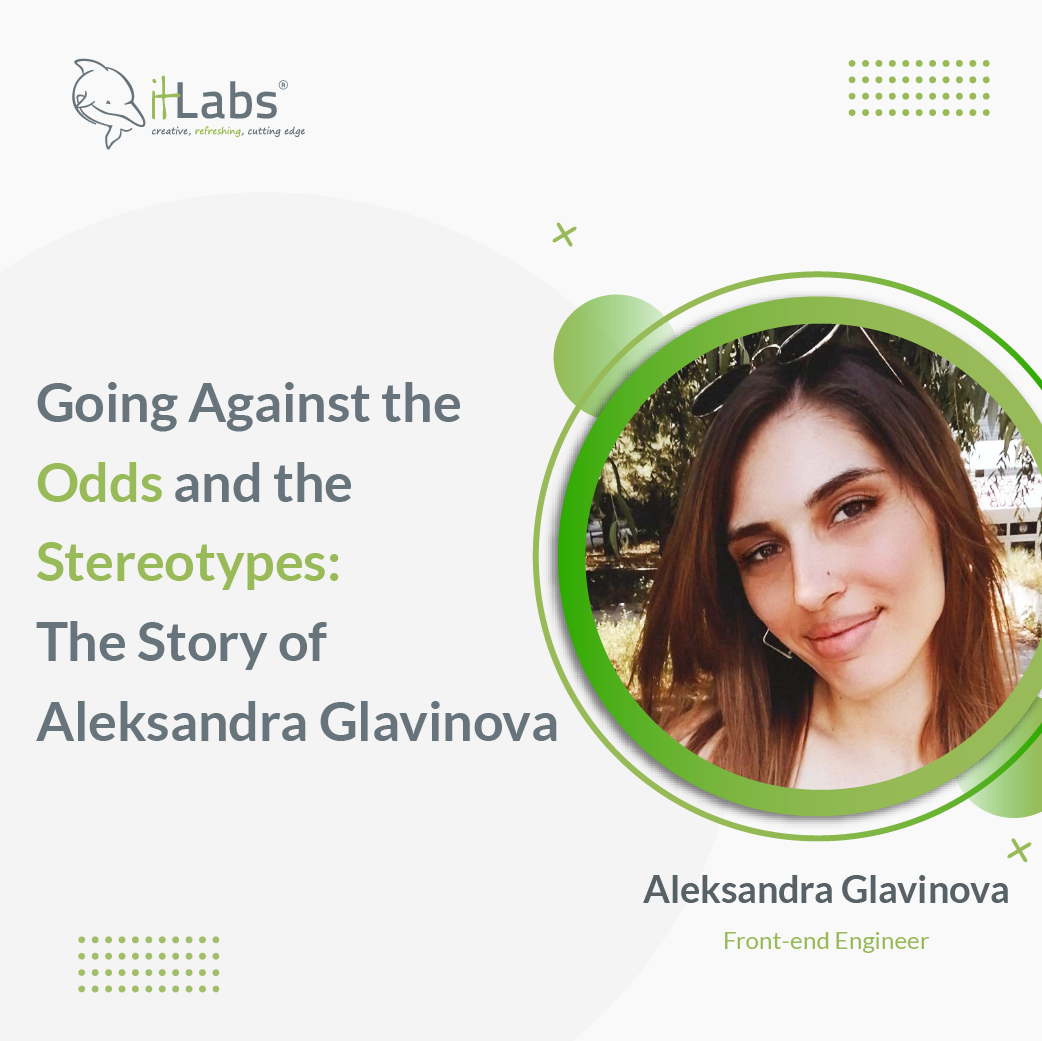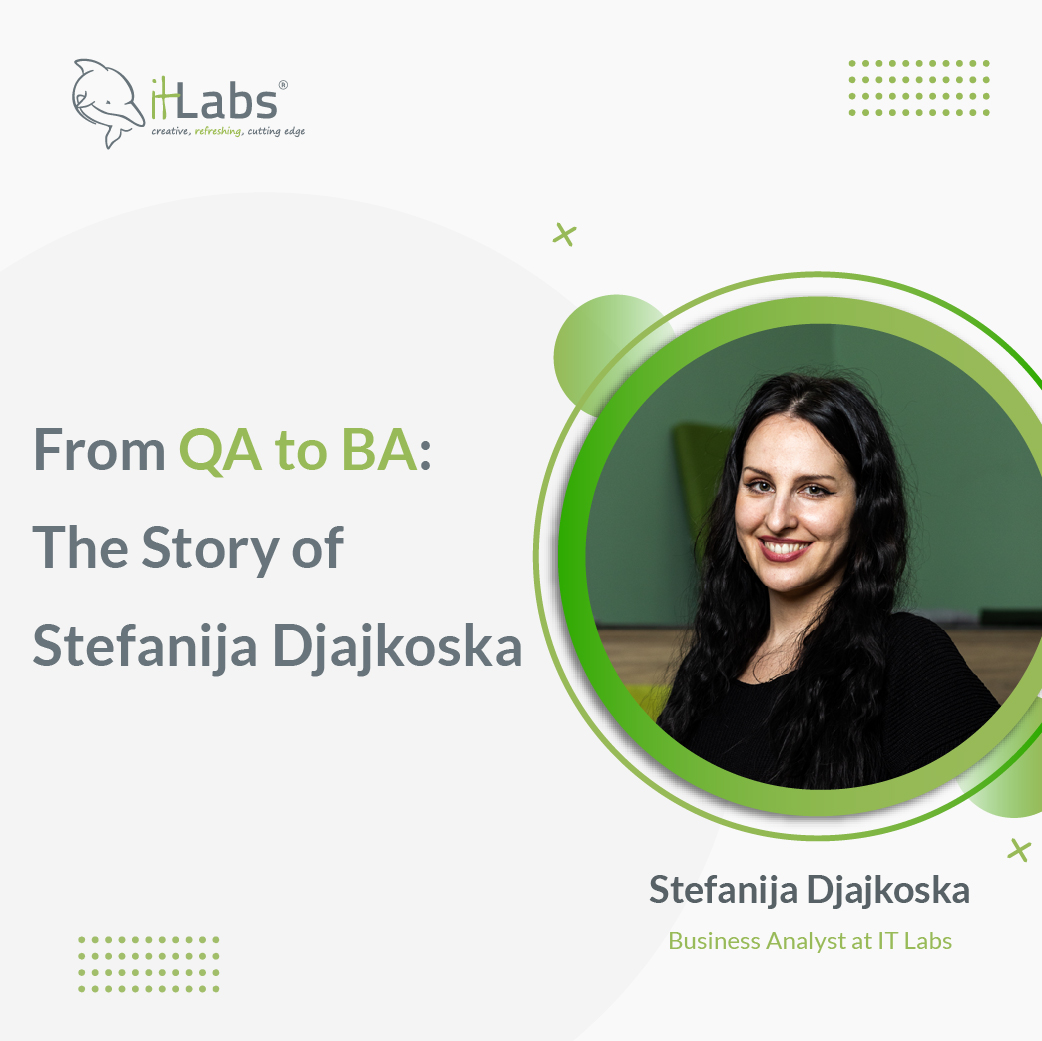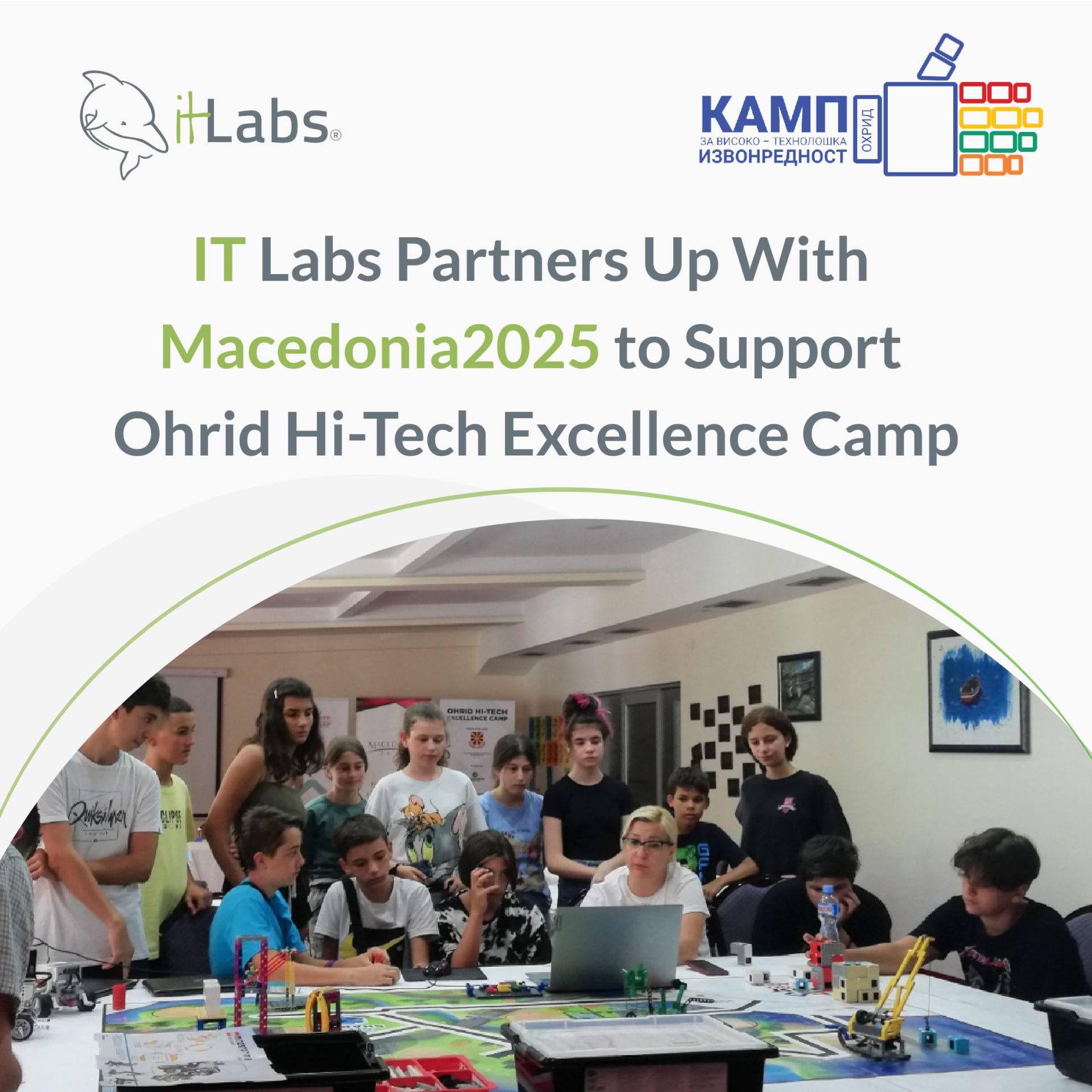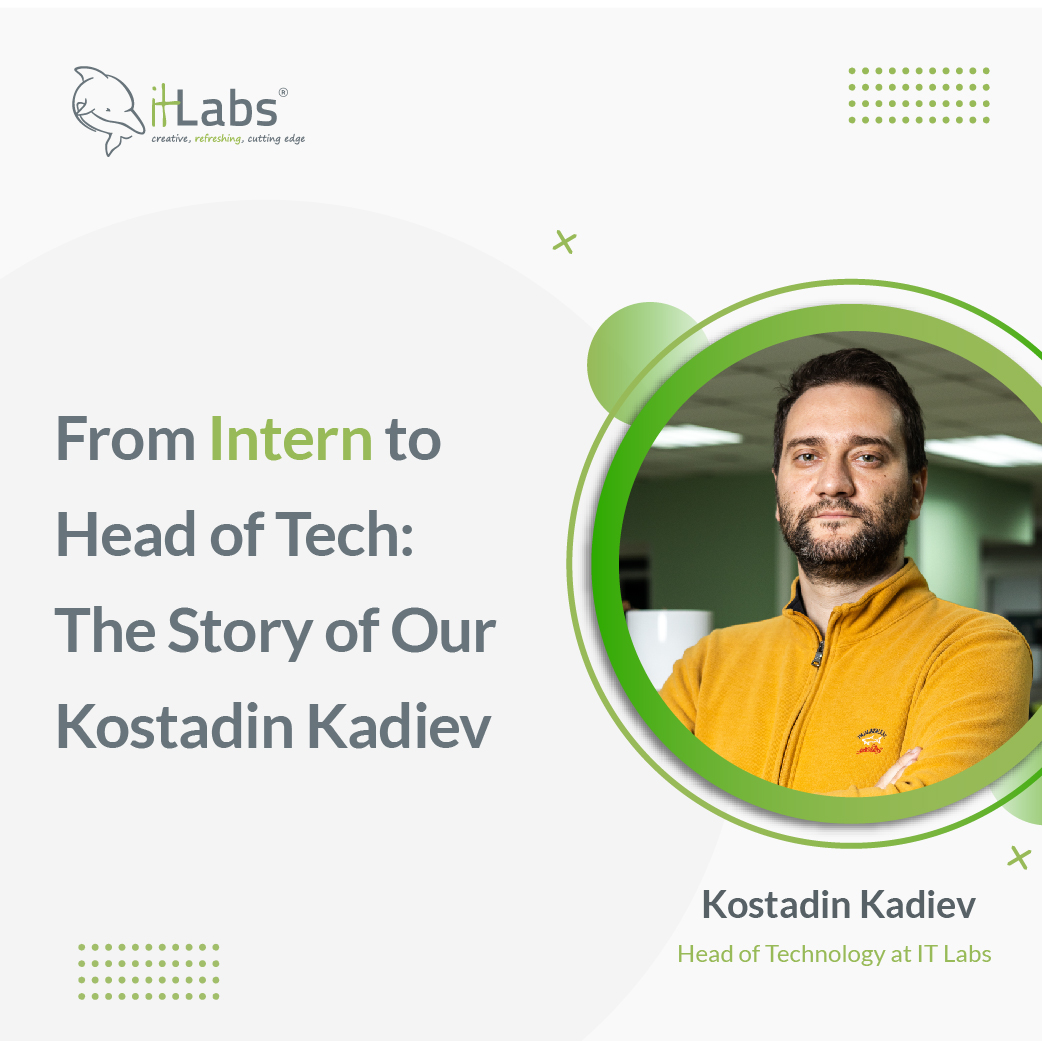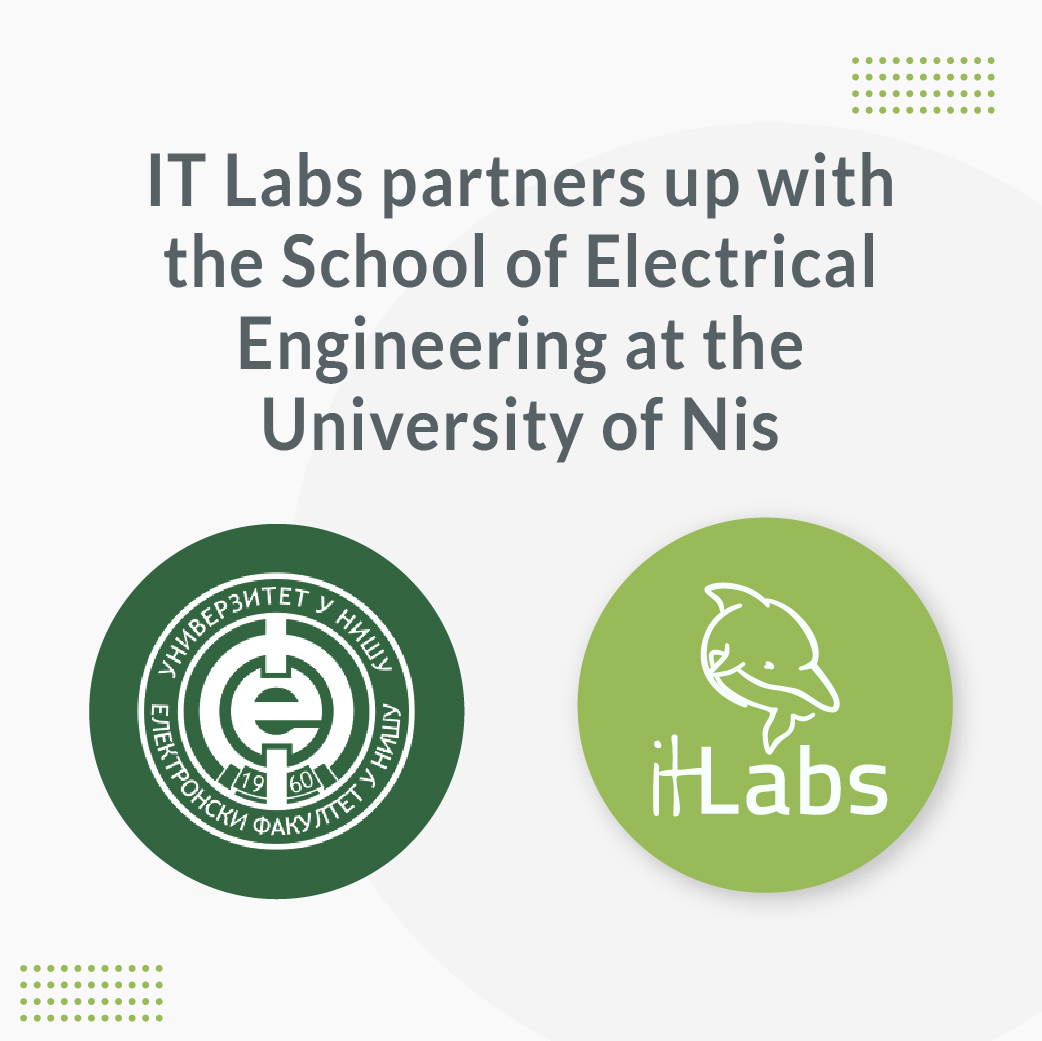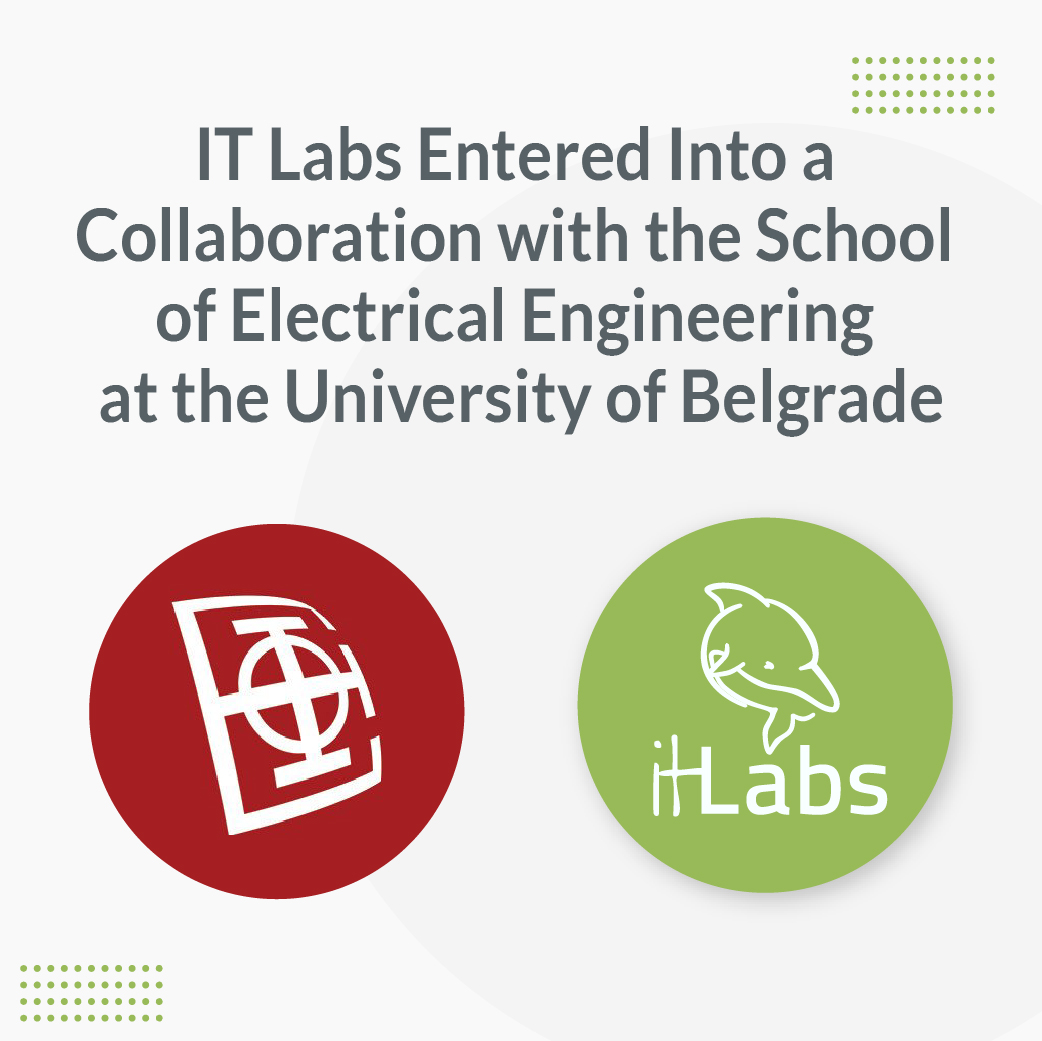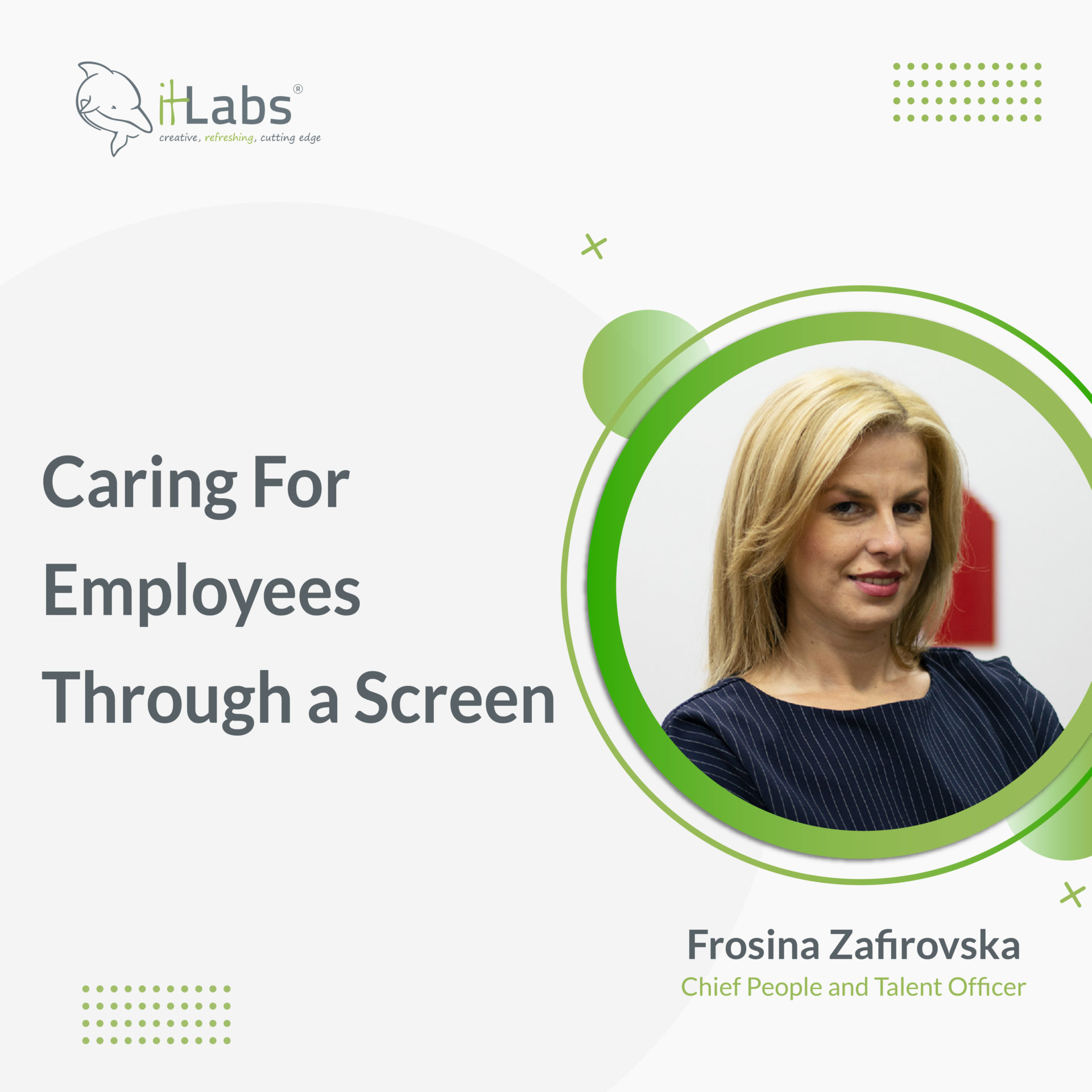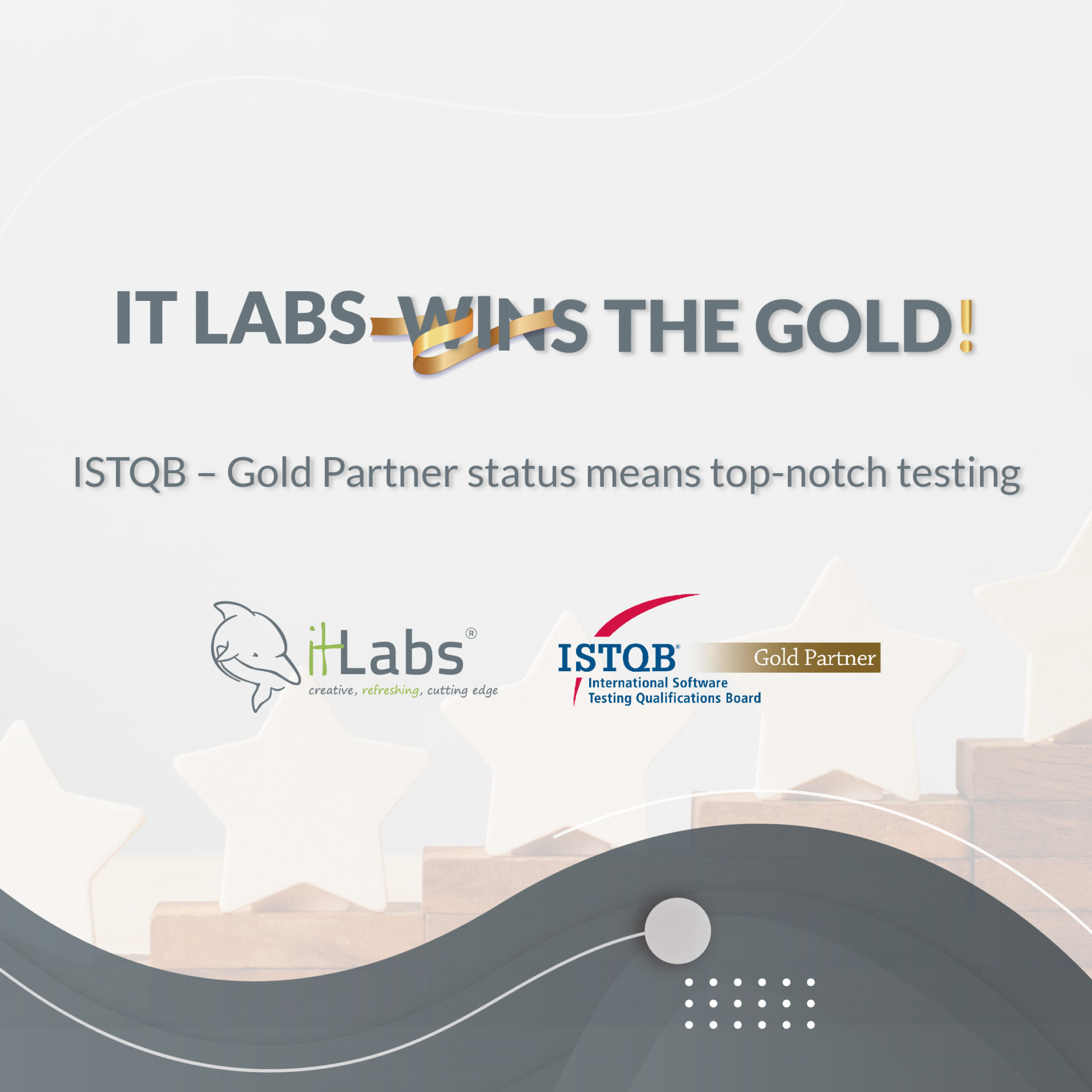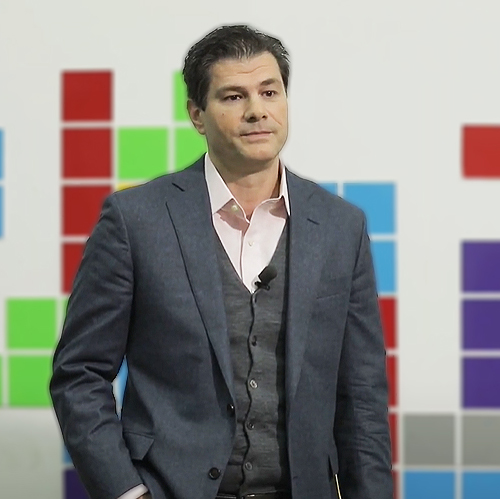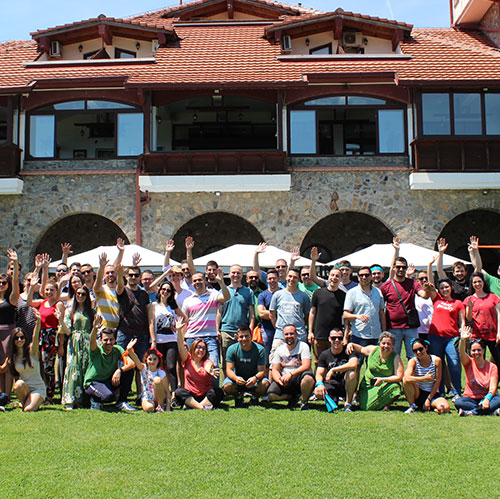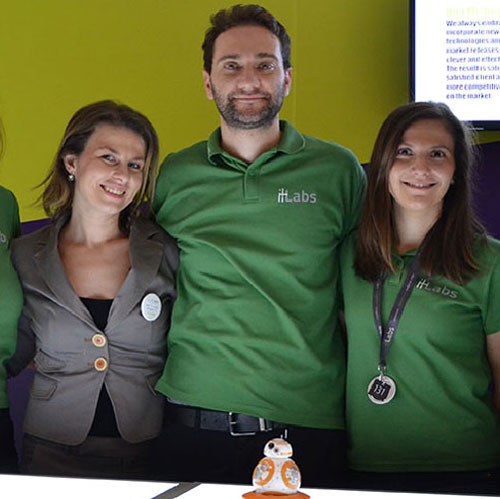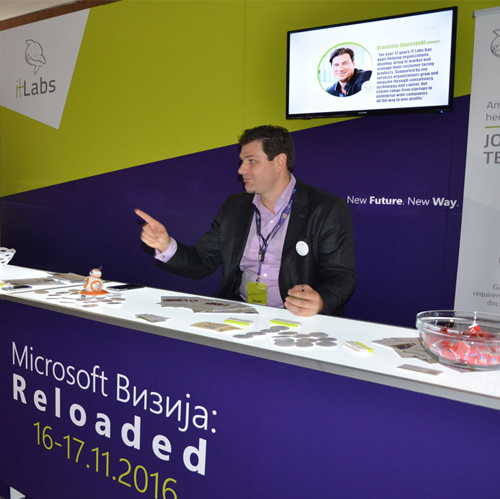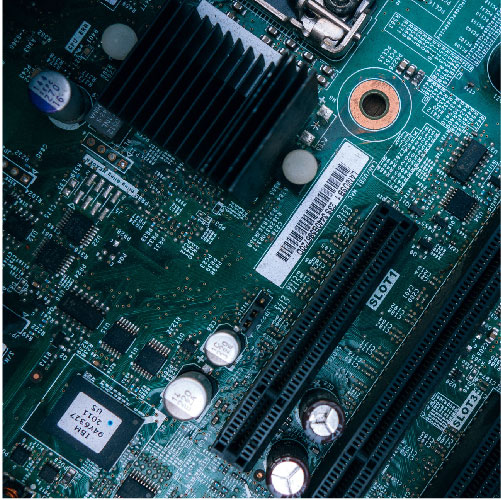Last year heralded a new era in FPGA technology, marked by groundbreaking advancements that extended from sophisticated acoustic imaging to immersive augmented reality, high-speed data transmission, and beyond. This overview delves into these transformative innovations, showcasing their impact across various sectors and highlighting the expanding capabilities of FPGA applications.
As we navigate through these pivotal developments, we uncover how they have not only advanced technological frontiers but also set new benchmarks for future innovations in the digital and analog realms.
IT Labs’ experts have picked the most notable events in the world of FPGA – the ones that carry the potential to have a significant impact on the industry, breakthroughs, events – providing their analysis and the long-lasting impact they might have on the industry.
Scroll on down for the full take!
January - SM Instruments launches an FPGA real-time sound camera with high-speed beamforming technology
SeeSV – S206 camera provides detection of highly transient noise sources using a high-speed FPGA-based beamforming technology.
The beamforming technology is used to improve signal-to-noise ratio of received signals, eliminate undesirable interference sources, and focus transmitted signals to specific location. This technology works using Wi-Fi.
The detection of these sources is being done by using a MEMS microphone with 96 channels that immediately detect small annoying sounds such as buzz, squeaks, rattle. Also, this camera can provide visualization of noise, vibration and/or harshness sources. This camera can capture 25 images per second and comes with real-time sound imaging software that helps in visualizing the sounds.
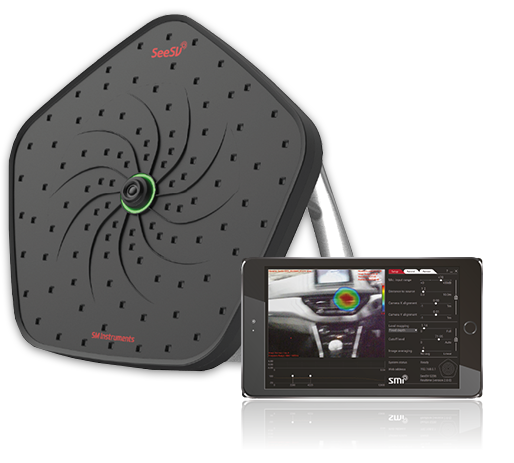
Kicking off the year, January saw the debut of the SeeSV-S206 by SM Instruments, a state-of-the-art sound camera that integrates FPGA technology with beamforming to revolutionize noise detection and analysis. This tool stands out for its precision in pinpointing and visualizing elusive sound sources, offering a significant advantage to industries like automotive and manufacturing where accurate noise identification is critical.
Short overview
The SeeSV-S206 is equipped with high-speed beamforming technology, powered by FPGA, which enhances the signal-to-noise ratio of received signals and eliminates unwanted interference. This technology, coupled with Wi-Fi connectivity, enables the camera to pinpoint elusive noise sources with remarkable precision. Utilizing a 96-channel MEMS microphone, the camera can swiftly detect small, bothersome sounds such as buzzes, squeaks, and rattles. Additionally, its real-time sound imaging software allows for detailed visualization of noise, vibration, and harshness sources at a capture rate of 25 images per second.
Impact
In the automotive industry, the SeeSV-S206 revolutionizes noise detection by facilitating the identification of engine or gear malfunctions and the detection of air or gas leaks. This capability streamlines maintenance processes, enhances quality control measures, and improves overall operational efficiency. Beyond automotive applications, the technology holds promise for use in various industries where precise noise detection is essential for resolving issues and optimizing performance.
February - Augmented reality monocle by Brilliant Labs - an innovative feature for an imaginative hacker
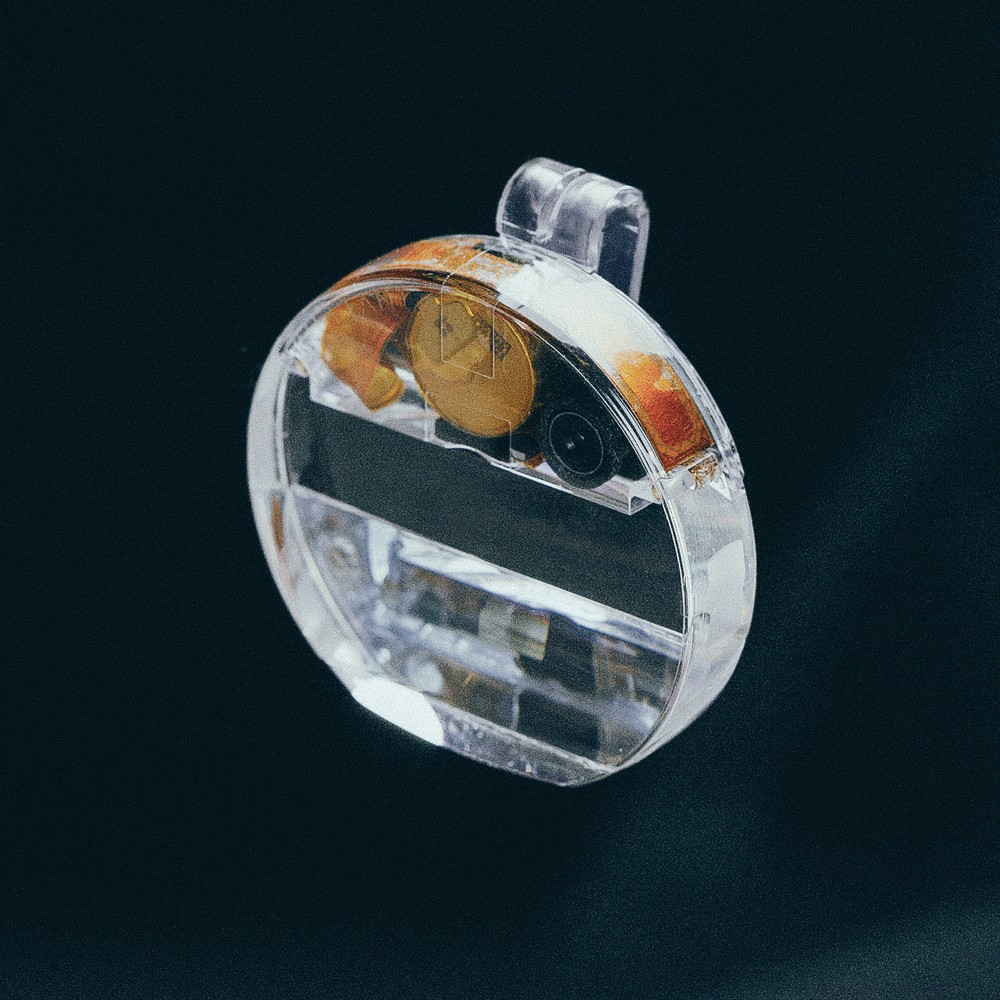
February was marked by the unveiling of a cutting-edge, open-source augmented reality monocle. This innovative device, equipped with a comprehensive suite of features including FPGA technology, offers a customizable AR experience that seamlessly integrates with everyday life. From enhancing leisure activities to revolutionizing practical tasks, the monocle’s adaptability and wide range of applications set a new standard for personal tech in our daily routines.
Short overview
The augmented reality monocle is a multifunctional device comprising a display, camera, microphone, PCB, microcontroller, FPGA, and battery. It seamlessly connects to mobile phones via Bluetooth, allowing for versatile integration with existing technologies. The device’s functionality is highly adaptable, with open-source software like MicroPython enabling users to reprogram it to suit their specific needs.
The display functionality, powered by the FPGA, can be configured for various purposes such as computer vision, AI processing, or graphic acceleration, offering a wide range of applications. By clipping onto existing eyewear, the monocle combines a single-lens display with AR technology, overlaying digital information onto the user’s real-world view. This versatility opens endless possibilities, from browsing the web while cooking to navigating with maps while biking, real-time language translation, healthcare monitoring, and QR code/barcode detection.
Impact
The augmented reality monocle’s adaptability and functionality make it a valuable tool in everyday life. Its ability to seamlessly integrate digital information into real-world scenarios enhances productivity, convenience, and safety across various activities. Whether used for leisure, communication, or practical tasks, the monocle represents a significant advancement in AR technology, catering to both tech enthusiasts and mainstream users alike.
March - Announcement by Intel about their new, state-of-the-art, Agilex 7 FPGA based transceiver
March heralded a significant leap in FPGA technology with Intel’s launch of the Agilex 7 FPGA-based transceiver. This announcement introduced a device capable of delivering unprecedented data rates, tailored for a variety of applications from cloud computing to 5G networks. The Agilex 7’s cutting-edge design and multiprotocol support promise to revolutionize connectivity and processing capabilities, offering a versatile solution for an array of high-demand tech environments.
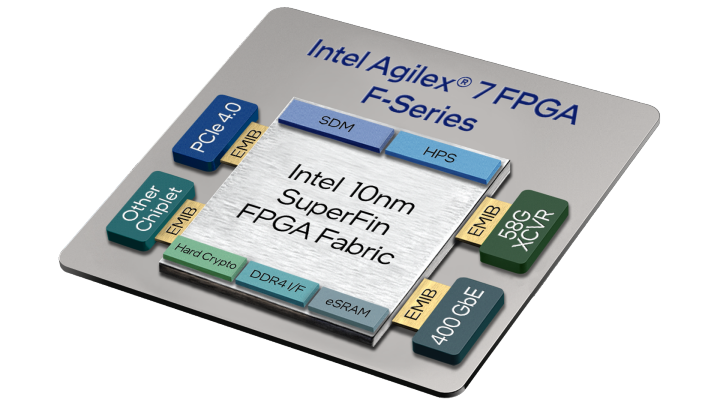
Short overview
The Agilex 7 FPGAs leverage cutting-edge 10 nanometer SuperFin process technology, offering multiprotocol capabilities and support for faster data rates. With transceivers capable of delivering speeds of up to 116 gigabits per second (Gbps) and hardened 400 gigabit Ethernet (GbE) intellectual property (IP), these devices enable customers to create new connectivity topologies within a single device.
Impact
The introduction of Agilex 7 FPGAs brings forth a myriad of benefits for various industries. With its flexibility and high-performance capabilities, it addresses the demands of bandwidth-intensive applications, networking, cloud computing, embedded systems, and compute-intensive tasks. This translates to lower costs and enhanced efficiency for network operators, cloud providers, and enterprise organizations. Furthermore, Intel’s ongoing optimization of FPGA technology ensures its applicability across diverse sectors, including optical networking, data centers, broadcast studios, medical testing facilities, and 5G networks, among others.
April – Speeding up FPGA development by using Rapid Silicon’s new RapidGPT, an AI chatbot-based FPGA design tool
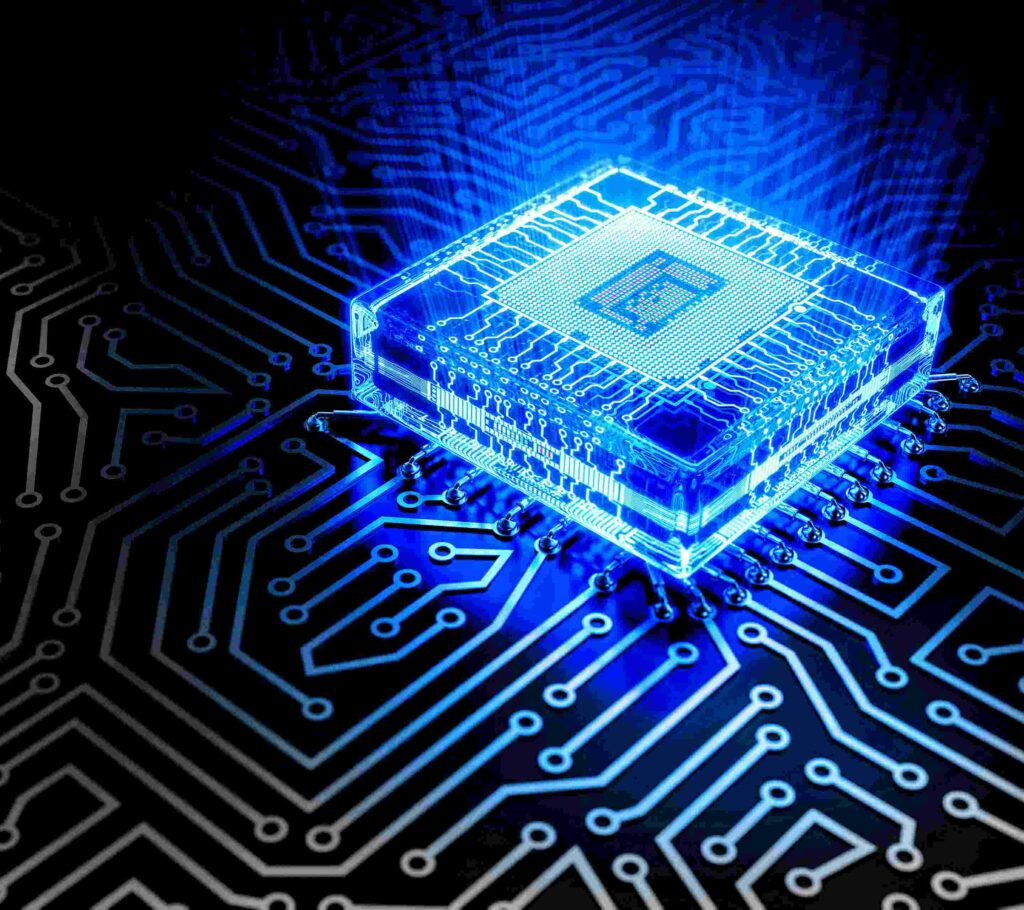
April saw the introduction of Rapid Silicon’s RapidGPT, a revolutionary AI chatbot designed to streamline FPGA development. This tool, with its conversational interface and advanced features like code autocompletion and optimization, promises to significantly boost the efficiency of FPGA designers, potentially transforming the landscape of hardware development in the industry.
Short overview
RapidGPT is an intelligent software interface, functioning via a chat-based platform, tailored to FPGA chip designers. Unlike conventional development tools, RapidGPT employs natural language processing to facilitate tasks such as code autocompletion, design assistance, debugging, optimization, and analysis. Its conversational interface simplifies the complexities of FPGA and HDL development, offering a user-friendly experience akin to everyday chat-based applications.
Impact
The introduction of RapidGPT marks a significant advancement in FPGA development methodology. By enhancing developer productivity and reducing time-to-market for FPGA-based products, it addresses a critical need in the industry. Furthermore, RapidGPT’s chatbot fills a void in the FPGA and HDL community, as this software has the potential to accelerate innovation and foster growth within the FPGA industry, leading to the creation of more efficient and advanced FPGA-based solutions.
May – First FPGA with R-Tile chiplet launched by Intel is the new Agilex 7 FPGA
May brought a groundbreaking development from Intel with the release of the Agilex 7 FPGA, featuring the R-Tile chiplet. This innovation sets a new standard for bandwidth capabilities in the FPGA arena, promising enhanced performance and efficiency for data-intensive sectors. The integration of PCIe 5.0 and CXL positions the Agilex 7 as a pivotal component in high-performance computing environments, offering a significant leap forward in data processing and connectivity.
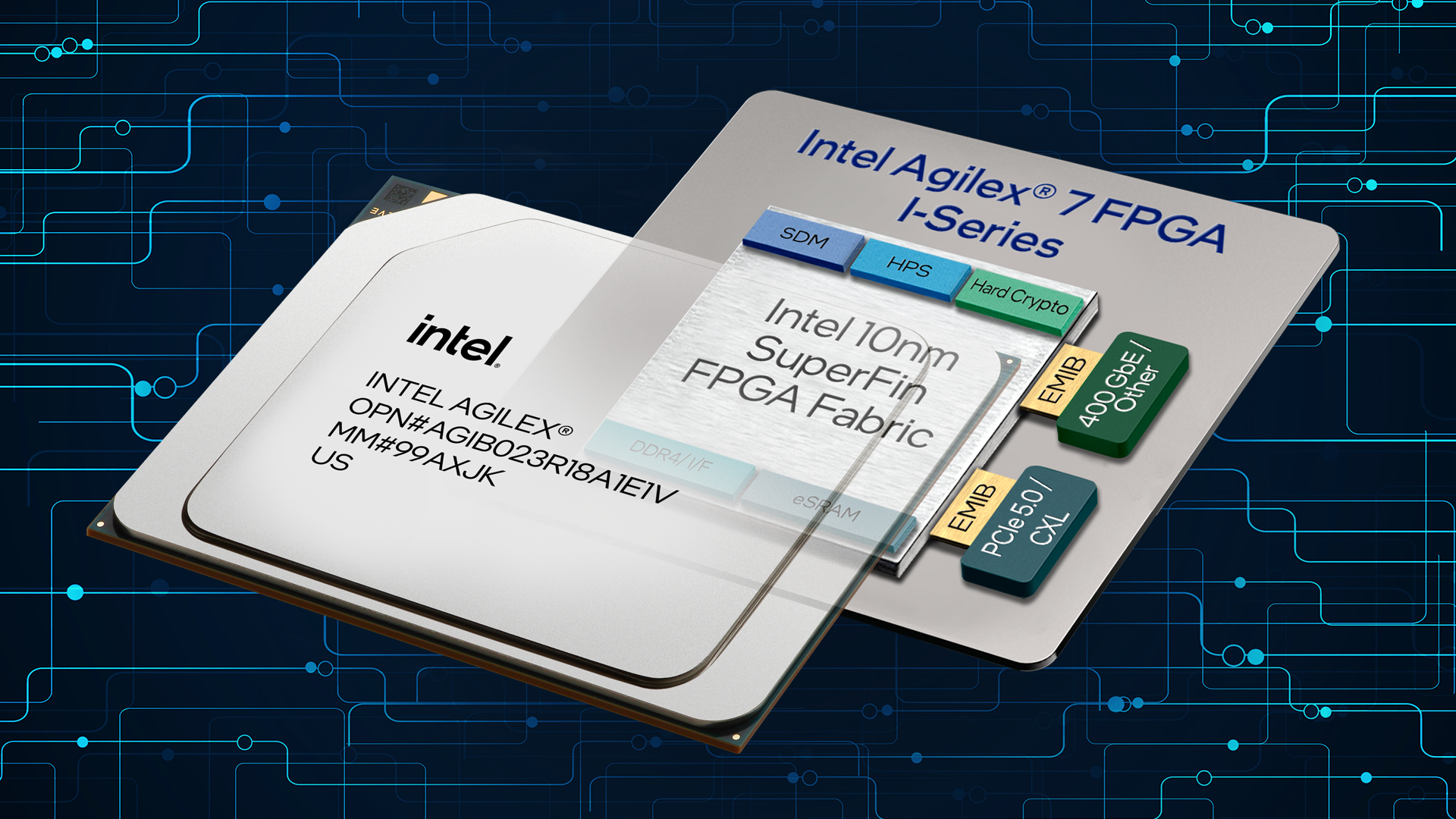
Short overview
Intel’s Agilex 7 FPGA, equipped with the R-Tile chiplet, is the first of its kind to support PCIe 5.0 and CXL interfaces, delivering unparalleled bandwidth and performance. Compared to other FPGA products, Agilex 7 offers twice the PCIe 5.0 bandwidth and four times the CXL bandwidth, making it a standout solution for high-performance computing applications. This integration enables seamless connectivity with other Intel processors, such as the 4th Gen Intel Xeon Scalable processors, facilitating high-performance workloads across various industries.
Impact
The introduction of Agilex 7 with R-Tile chiplet technology has far-reaching implications across multiple sectors. By addressing time, budget, and power constraints, it offers a cost-effective solution for industries reliant on data centers, telecommunications, and financial services. The integration of R-Tile technology enhances power efficiency and data throughput, leading to lower Total Cost of Ownership (TCO) for high-performance installations.
Moreover, the collaboration between Intel and other industry players, as demonstrated by the white paper from Meta and the University of Michigan, underscores the potential for significant performance improvements in various computing tasks, further driving innovation and efficiency in FPGA-based systems.
June – AMD launches world’s largest FPGA-Based adaptive SoC for emulation and prototyping
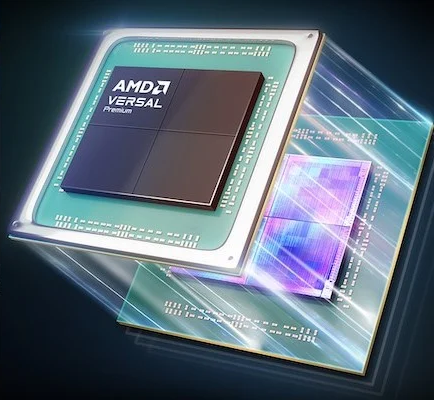
June marked a significant milestone with AMD’s release of the Versal Premium VP1902, the largest FPGA-based adaptive SoC designed for emulation and prototyping. This chip, tailored for accelerating the development of AI, autonomous vehicles, and other cutting-edge technologies, promises to revolutionize the design and verification process in the semiconductor industry.
Short overview
The AMD Versal Premium VP1902 SoC represents a significant advancement in chip design and verification. With its emulation-class, chiplet-based architecture and 18.5M logic cells, it streamlines the validation of complex semiconductor designs, particularly in fields like AI and autonomous vehicles. Equipped with robust debugging capabilities, it ensures efficient pre-silicon verification and concurrent software development. Moreover, its integration into AMD’s development tools enhances efficiency with features like automated design assistance and real-time debugging.
Impact
The VP1902 SoC’s introduction accelerates the time-to-market for new technologies while maintaining project timelines and budgets. By expediting chip development and enhancing debugging capabilities, it fosters innovation in AI, autonomous vehicles, and other emerging fields. Its integration with AMD’s tools empowers designers to iterate designs faster, driving progress and efficiency in the semiconductor industry
July – Accelerating the creation of automotive system designs and applications using Lattice Drive
In July, Lattice Semiconductor introduced Lattice Drive, a software solution designed to expedite the development of automotive infotainment and ADAS systems. This innovation is particularly timely as the automotive industry evolves, incorporating an increasing array of displays, sensors, and other technologies.

Short overview
Lattice Drive offers a comprehensive solution stack designed specifically to address the challenges in automotive system design. It facilitates advanced display bridging and processing, catering to the demands of modern automotive architectures requiring efficient data handling and processing. Leveraging the inherent flexibility and versatility of FPGAs, Lattice Drive enables the integration of multiple FPGAs within a vehicle, each powering different applications and functionalities.
Impact
By harnessing the advantages of FPGA technology through Lattice Drive, automotive developers can significantly reduce the time-to-market for new systems. The software’s ability to leverage FPGA flexibility and perform diverse functions enhances system capabilities while maintaining a compact footprint. This acceleration in system development not only meets the evolving demands of the automotive industry but also contributes to improving safety and enhancing the in-car experience for users.
August – Astonishing graphics achieved by Andy Toone’s VideoBeast coprocessor for Eight-Bit retro systems
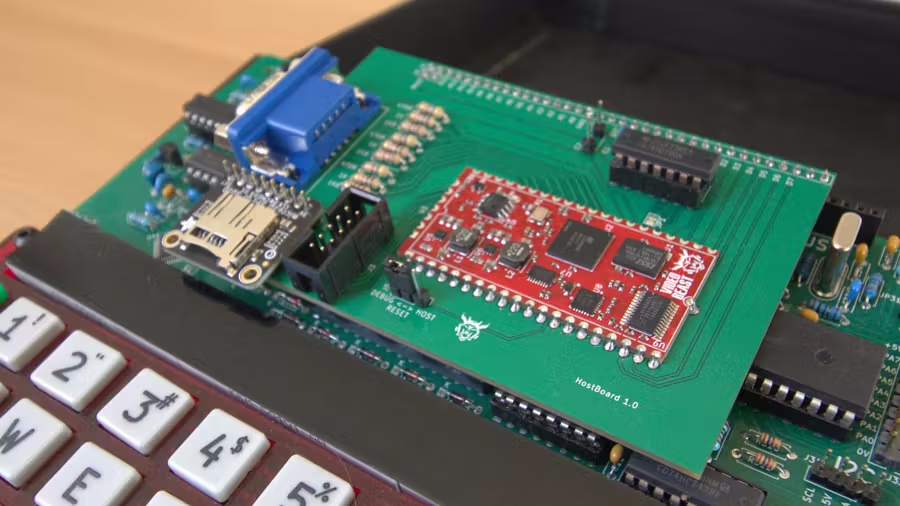
In August, the gaming community witnessed a significant leap forward with the introduction of VideoBeast by Andy Toone, a device poised to merge the nostalgic charm of eight-bit microcomputers with the dynamic visuals of contemporary gaming through its FPGA-based technology.
Short overview
VideoBeast, developed by vintage gaming enthusiast Andy Toone, serves as a “monster graphics” coprocessor tailored for eight-bit microcomputers. Equipped with advanced features such as 512 colors, intricate sprite handling, widescreen resolutions, and 1MB of video RAM, VideoBeast leverages FPGA technology to overcome the architectural limitations of old video consoles. Compatible with systems utilizing 4k, 8k, or 16k static RAM chips, VideoBeast recreates the power of discrete logic video cards in a compact and cost-effective form factor. It offers six independently positionable layers, various text and bitmap options, tile rendering with full scrolling, and sprite functionalities, all customizable to deliver optimal gaming experiences.
Impact
VideoBeast not only preserves but also enhances the vintage gaming experience, allowing a new generation of gamers to enjoy classic games with improved graphics. By simplifying programming complexities and offering ample video RAM for pre-loading and enhancing visuals, VideoBeast empowers developers to create immersive gaming experiences on eight-bit systems. This device bridges the gap between retro gaming nostalgia and modern graphical expectations, inviting more enthusiasts to explore and appreciate the rich history of vintage gaming.
September - AMDs Ultra-low latency electronic trading accelerator based on 16nm Virtex UltraScale+ FPGA
In September, AMD unveiled the Alveo UL3524 accelerator card, a groundbreaking development in ultra-low latency electronic trading powered by the 16nm Virtex UltraScale+ FPGA technology. This innovation significantly accelerates trading capabilities, setting a new benchmark for performance in the financial sector.
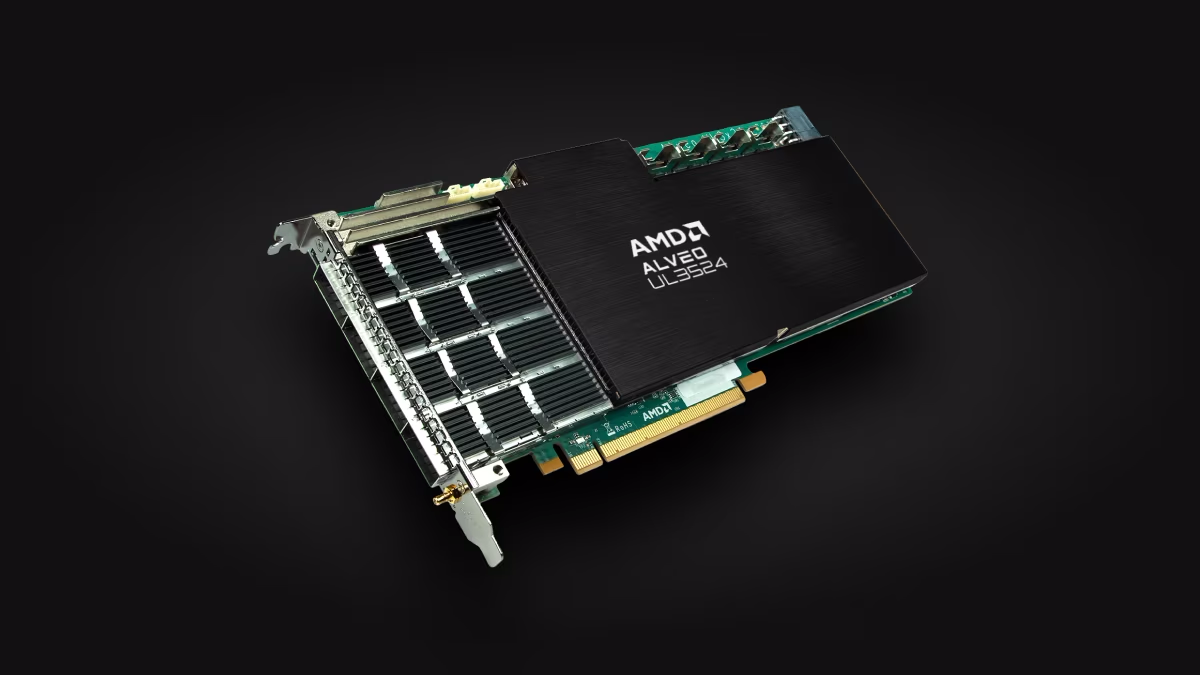
Short overview
The AMD Alveo UL3524 accelerator card is designed to deliver ultra-low latency performance in electronic trading applications. Leveraging the advanced 16nm Virtex UltraScale+ FPGA, the UL3524 achieves remarkable speed, boasting 7 times faster performance than its predecessors and reaching up to 3ns FPGA transceiver latency. This acceleration significantly enhances design, closure, and deployment processes compared to traditional FPGA alternatives.
Moreover, AMD provides developers with the FINN development framework, an open-source and community-supported platform for AI development. The FINN project enables developers to reduce the size of AI models while maintaining accuracy, compiling to hardware IP, and integrating network models into algorithm datapaths for low-latency performance, facilitated by PyTorch integration.
Impact
The introduction of the AMD Alveo UL3524 accelerator card marks a significant advancement in ultra-low latency electronic trading. By offering unparalleled speed and efficiency, this accelerator card optimizes trading strategies and operations for proprietary traders, market makers, hedge funds, brokerages, and similar entities in the financial industry. Its integration with Exegy’s nxFramework further enhances tools for developing and maintaining ultra-low latency FPGA applications, positioning the UL3524 as a pivotal component in driving innovation and performance in electronic trading environments.
October – Intel announces PSG (Programmable Solutions Group) to operate independently under Intel's name
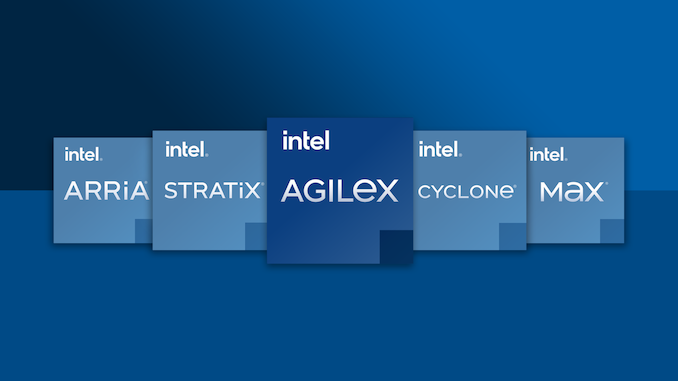
In October, Intel revealed plans to restructure its Programmable Solutions Group (PSG) as an independent entity, aimed at fostering innovation and agility in the FPGA market. This strategic move, under the guidance of Sandra Rivera, is designed to enhance PSG’s growth and market presence.
Short overview
Intel’s decision to separate the Programmable Solutions Group (PSG) as a standalone business is driven by the increasing needs in the FPGA market. Led by Sandra Rivera, PSG will gain autonomy and flexibility to accelerate its growth and competitiveness within the industry. The separation aims to provide PSG with the necessary resources and focus to better serve its customers and drive advancements in FPGA technology.
Over the next 2-3 years, Intel plans to conduct an Initial Public Offering (IPO) for PSG and explore opportunities with private investors, with Intel retaining a majority stake in the business. Additionally, PSG will collaborate closely with Intel Foundry Services (IFS) to address key areas of the FPGA market and enhance supply chain predictability for customers, ensuring a more resilient supply chain aligned with their needs.
Impact
The decision to operate PSG independently marks a significant development in the FPGA industry, with implications across various sectors including data centers, communications, industrial, automotive, aerospace, defense, and beyond. By gaining autonomy, PSG can more effectively respond to market demands, drive innovation, and forge strategic partnerships to further advance FPGA technology. This move underscores Intel’s commitment to supporting the growth and competitiveness of PSG, benefiting customers and stakeholders within the FPGA ecosystem.
November – FPGAs in supercomputing, incredible speeds achieved by Ayar Labs using optically-enabled Intel FPGA
In November, Ayar Labs showcased their groundbreaking optical I/O solution, seamlessly integrated with Intel’s Agilex FPGA technology. This innovation promises a five-fold increase in bandwidth compared to the current industry standard, all while operating at significantly lower power and latency. This remarkable performance boost has the potential to redefine the landscape of high-performance computing (HPC), particularly in data-intensive applications like AI, machine learning, and disaggregated compute and memory architectures.

Short overview
Ayar Labs introduced an optical I/O solution seamlessly integrated with Intel’s Agilex FPGA technology, achieving a remarkable five-fold increase in bandwidth compared to the current industry standard. This cutting-edge technology harnesses the power of light to transmit data at high speeds, facilitating chip-to-chip connectivity and significantly enhancing efficiency and performance in data-intensive workloads such as AI, machine learning, and disaggregated compute and memory architectures.
The successful integration of optical I/O solution with Intel’s FPGA marks a significant milestone in supercomputing, showcasing the adaptability and versatility of FPGA technology in addressing a wide range of computational tasks.
Impact
The optical I/O solution is a key element for this optical FPGA and stands as a testament to the transformative power of silicon photonics.
This cutting-edge technology, which harnesses the power of light to transmit data at high speeds, is a critical component for chip-to-chip connectivity, enhancing efficiency and performance.
The integration of optically-enabled Intel FPGA technology with Ayar Labs’ optical I/O solution heralds a new era in high-performance computing, offering unprecedented bandwidth and efficiency for data-intensive applications. By leveraging the power of silicon photonics, this breakthrough technology opens new possibilities for accelerating computational tasks in various domains, including scientific research, AI development, and data analytics. The optical FPGA, equipped with TeraPHY optical I/O chiplets, paves the way for enhanced performance and scalability in supercomputing environments, driving innovation and advancement in the field of HPC.
December – High-end keyboard made by Portland.HODL using an FPGA for every key.
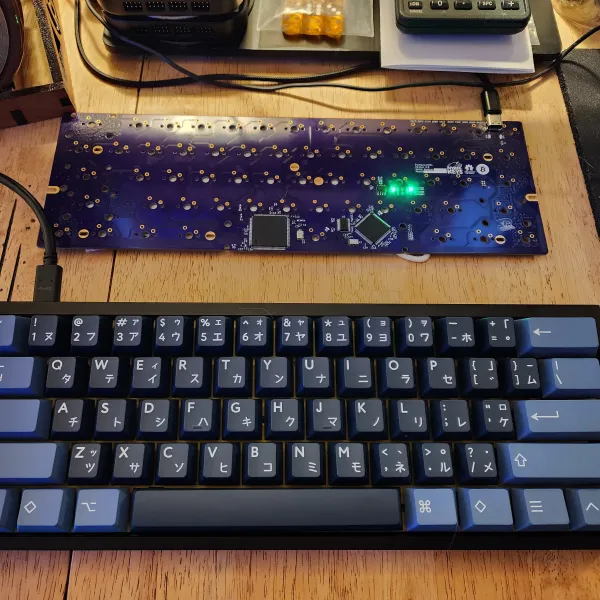
In December, Portland.HODL unveiled their latest innovation: the Nyan Keys high-end keyboard, featuring a unique design that incorporates an FPGA for every key. Unlike conventional mechanical keyboards, each key on the Nyan Keys is individually wired to its own FPGA IO pin, with each key switch equipped with its own core featuring an 8-bit timer. This unconventional approach delivers unparalleled performance, boasting the lowest input latency in history at just 30 microseconds in the worst-case scenario – for comparison, the latency now is between 2-15 miliseconds.
Short overview
Nyan Keys resembles a conventional mechanical keyboard but with a distinctive twist: each key is individually wired to its own FPGA IO pin, with every key switch equipped with its own core featuring an 8-bit timer. This design optimization ensures lightning-fast response times and seamless input recognition, setting a new standard for keyboard performance.
Additionally, the abundance of resources available on the FPGA enables Portland.HODL to incorporate additional features, such as a built-in bitcoin miner implemented using a real-time operating system (RTOS) on a high-performance microcontroller. This unique feature, although disabled by default, showcases the versatility of Nyan Keys and its potential for multifunctional use beyond its primary function as a keyboard.
Impact
The introduction of Nyan Keys represents a significant leap forward in keyboard technology, offering users an unparalleled typing experience characterized by ultra-low input latency and enhanced performance. By leveraging FPGA technology, Portland.HODL has redefined the standards for keyboard responsiveness, catering to the needs of both casual users and gaming enthusiasts alike. Moreover, the integration of additional features such as the built-in bitcoin miner demonstrates the versatility and adaptability of Nyan Keys, transforming it into a multifunctional device capable of performing tasks beyond traditional keyboard functionalities.
What's in store for the Future?
The recent advancements in FPGA technology across various sectors have set the stage for a future defined by even greater innovation and transformative capabilities. As we look ahead, several trends and developments are poised to shape the trajectory of FPGA applications in the coming years.
Integration of AI and Machine Learning
With the proliferation of AI and machine learning technologies, we can expect to see increased integration of FPGA solutions in these domains. FPGAs offer parallel processing capabilities and hardware acceleration, making them ideal for executing complex AI algorithms and deep learning models with unprecedented speed and efficiency. This convergence of FPGA and AI technologies holds immense potential for accelerating advancements in areas such as natural language processing, computer vision, and autonomous systems.
Expansion in Edge Computing
The rise of edge computing presents new opportunities for FPGA deployment, particularly in scenarios where low latency and real-time processing are critical. FPGAs enable efficient data processing and analysis at the edge, empowering devices to make intelligent decisions autonomously without relying heavily on cloud infrastructure. As edge computing continues to gain momentum across various industries, we can anticipate a surge in demand for FPGA-based solutions to power edge devices and IoT applications.
Advancements in High-Performance Computing
The integration of optical I/O solutions with FPGA technology, as demonstrated by Ayar Labs and Intel, represents a significant milestone in high-performance computing. This breakthrough promises to unlock unprecedented bandwidth and efficiency for data-intensive workloads, paving the way for groundbreaking advancements in scientific research, AI development, and data analytics. As supercomputing architectures evolve to accommodate the growing demands of computational tasks, FPGA-based solutions are poised to play a pivotal role in driving innovation and scalability in HPC environments.
Enhanced User Experiences
The introduction of novel FPGA-based devices, such as the augmented reality monocle and high-end keyboard with individual FPGA keys, underscores the potential for FPGA technology to enhance user experiences across various applications. As developers continue to explore innovative use cases and incorporate FPGA capabilities into consumer electronics, we can anticipate a proliferation of devices offering unprecedented performance, customization, and functionality. From immersive AR experiences to lightning-fast keyboard inputs, FPGA technology has the power to redefine how users interact with digital and analog systems in the future.
Conclusion
In conclusion, the future of FPGA technology holds immense promise across a spectrum of industries and applications. From revolutionizing AI and edge computing to driving advancements in high-performance computing and enhancing user experiences, FPGA solutions are poised to shape the next wave of technological innovation. As researchers, developers, and industry leaders continue to push the boundaries of FPGA capabilities, we can expect to witness a wave of transformative advancements that will redefine the possibilities of digital and analog computing in the years to come.

Blagoj Kjupev
CIO at IT Labs
Elevate Your Innovation with Cutting-Edge FPGA Solutions!
Let's start shaping your next breakthrough. Contact us now to explore the limitless possibilities of FPGA technology!









